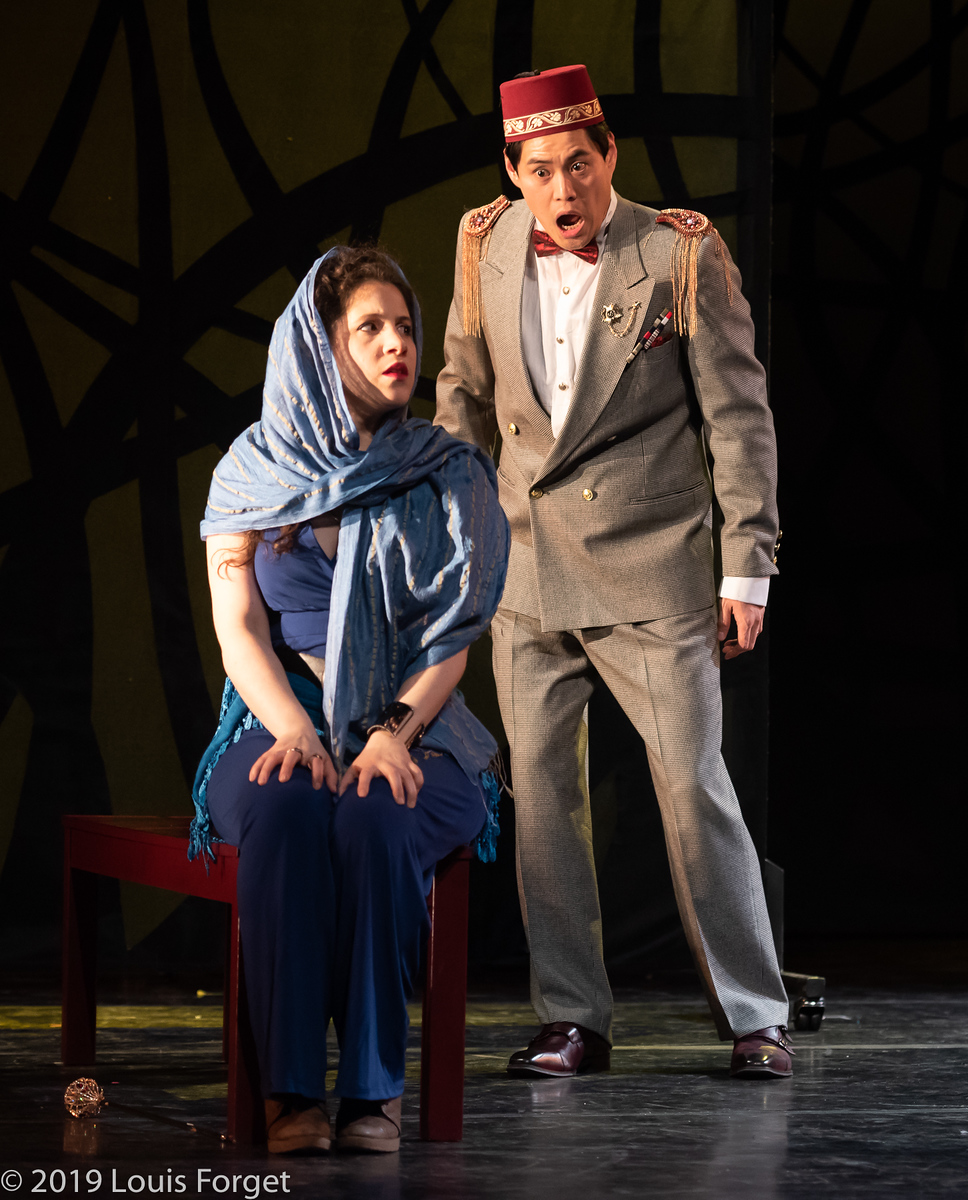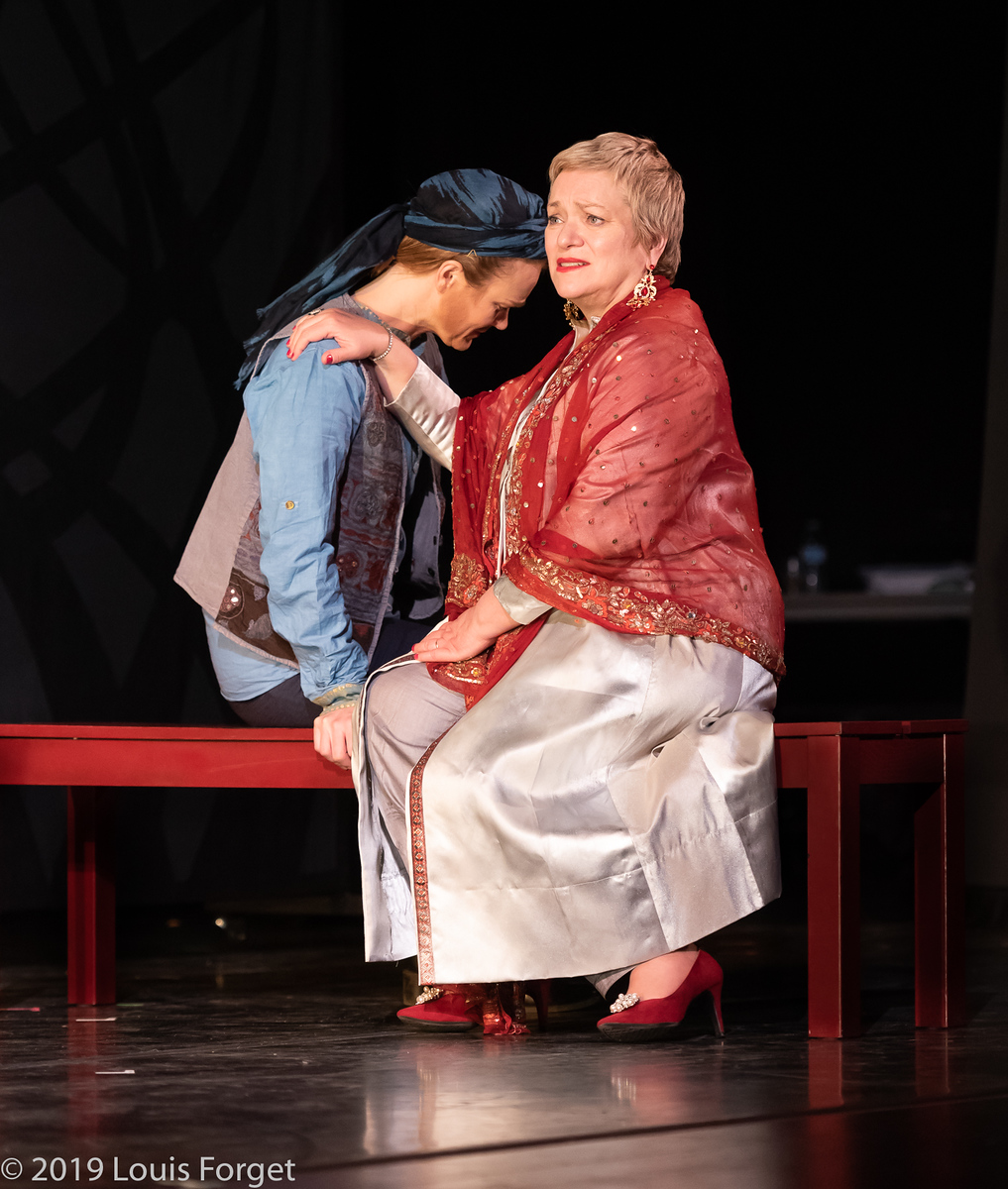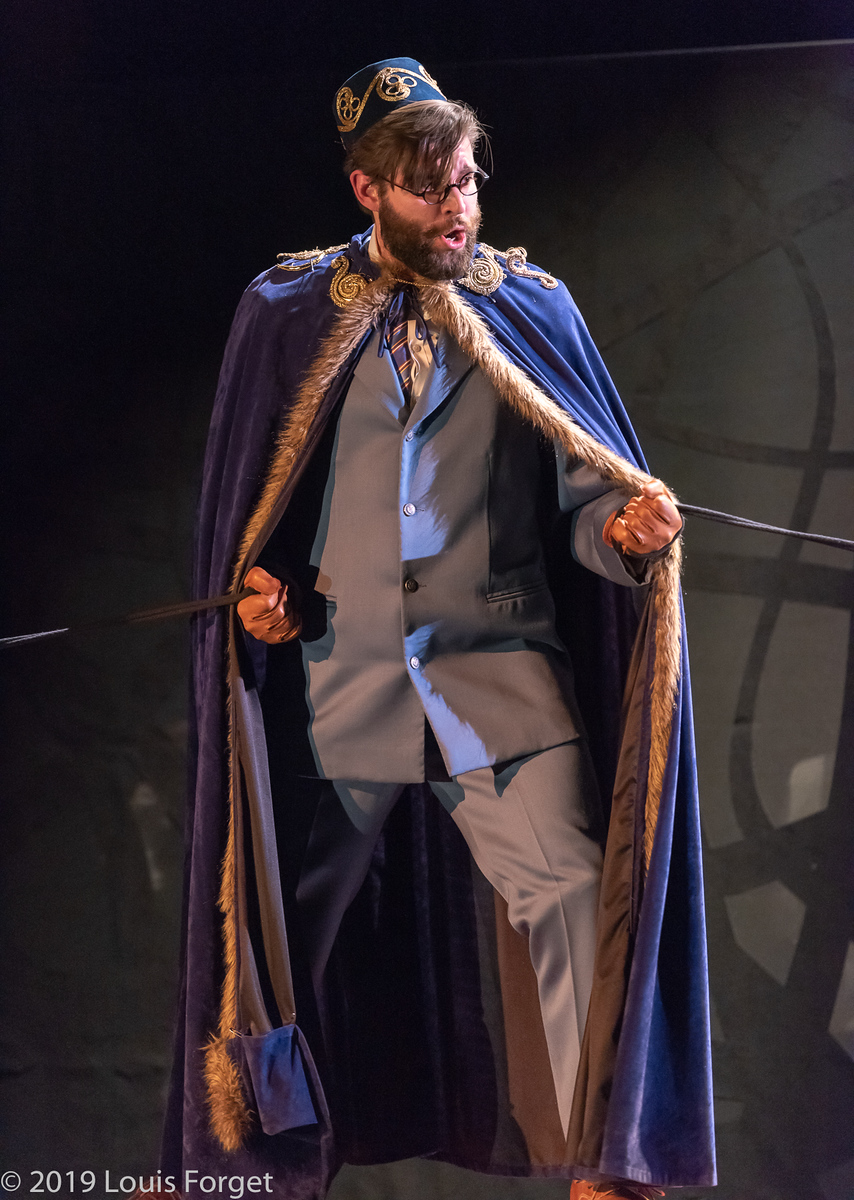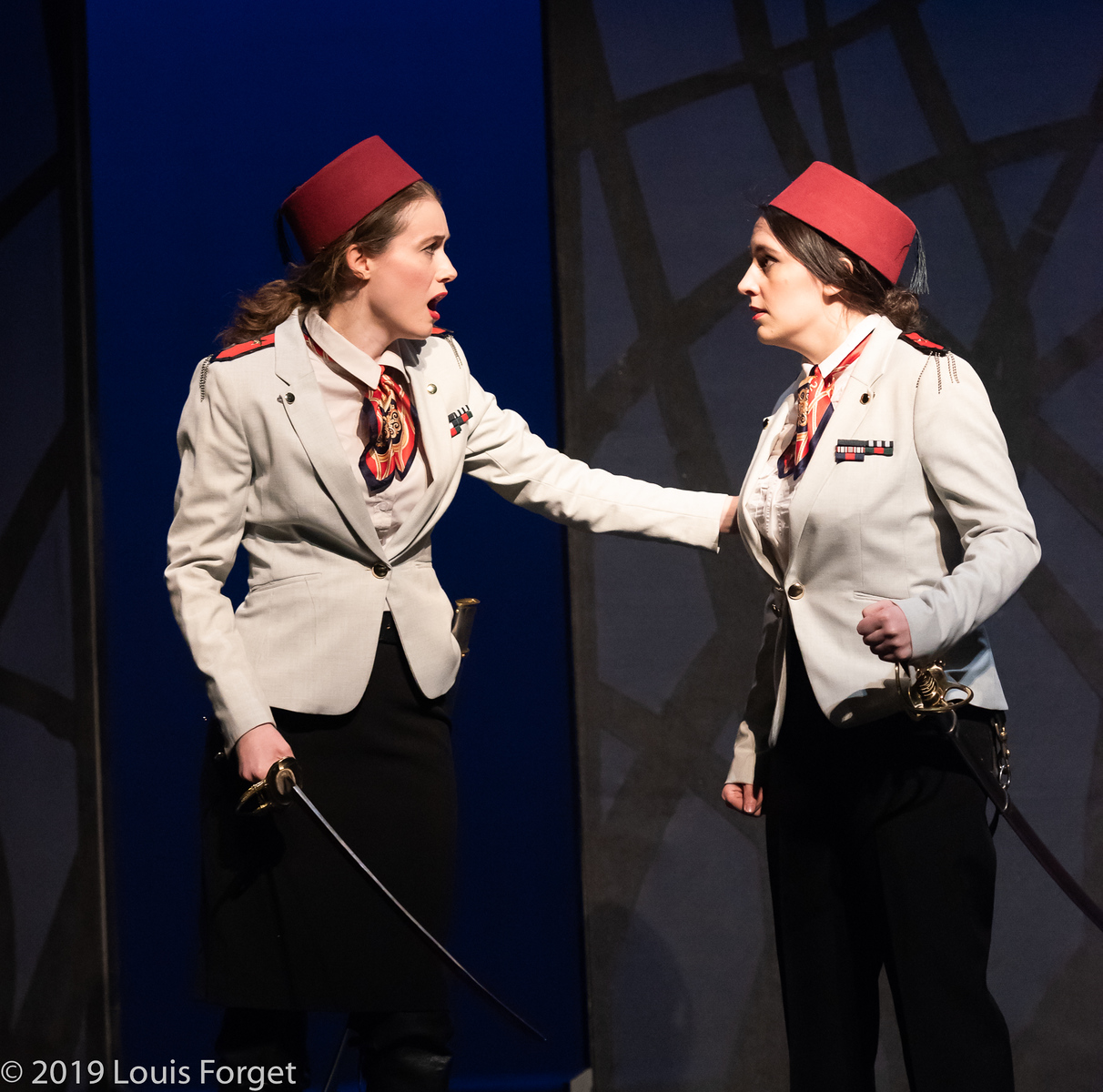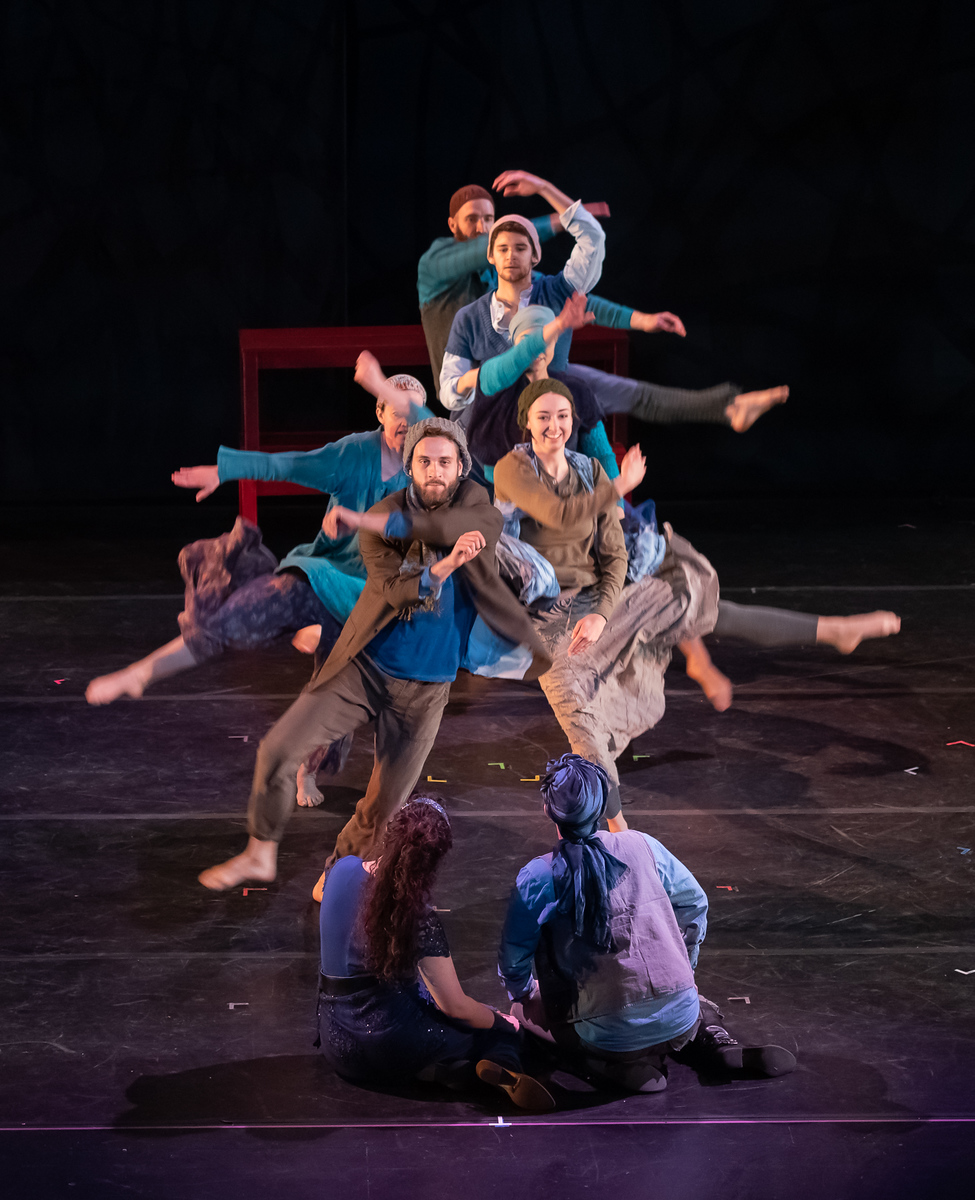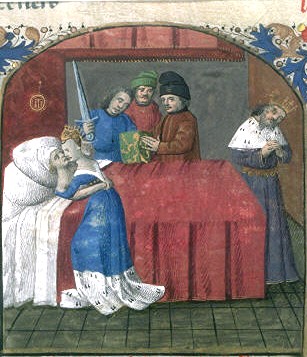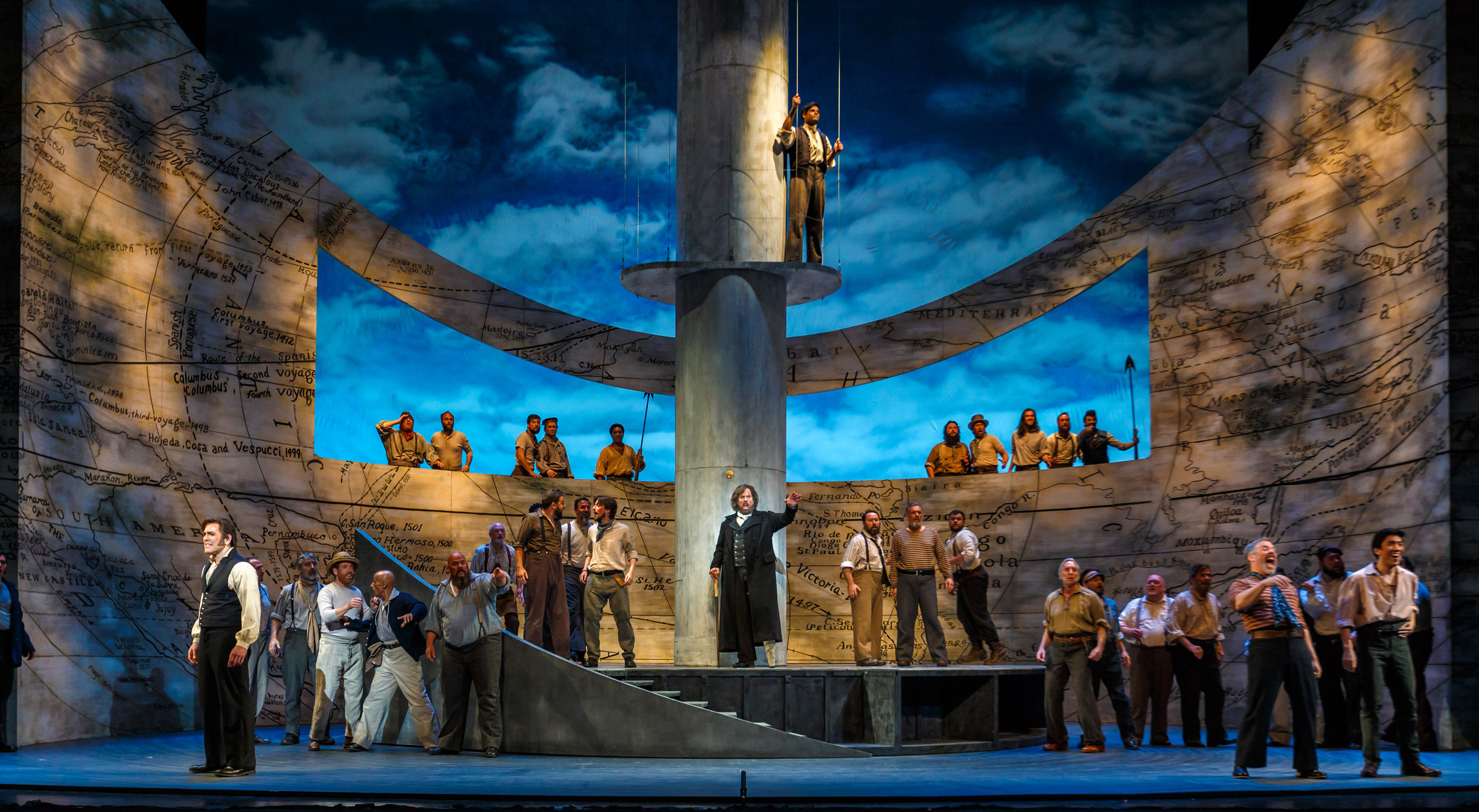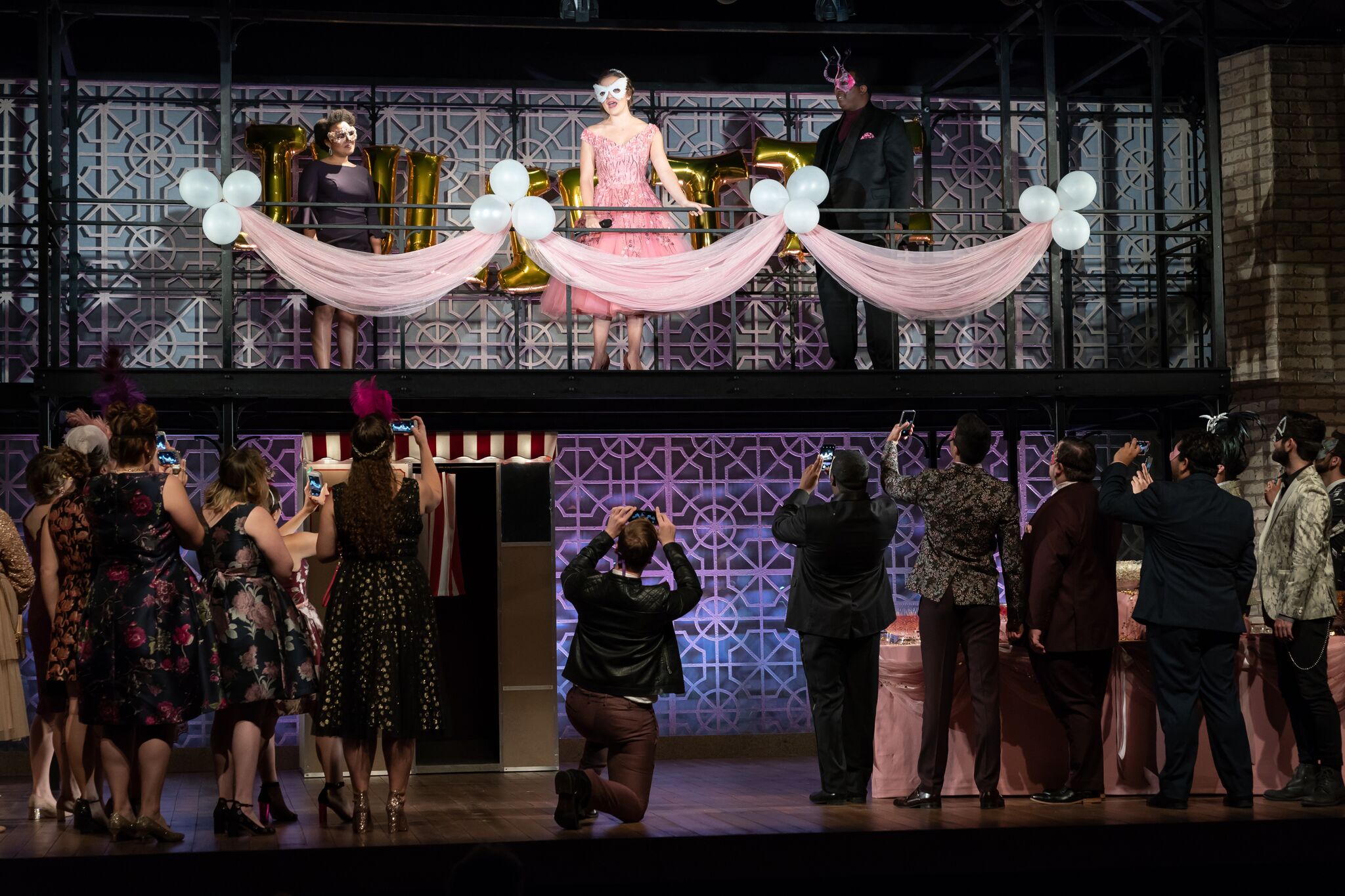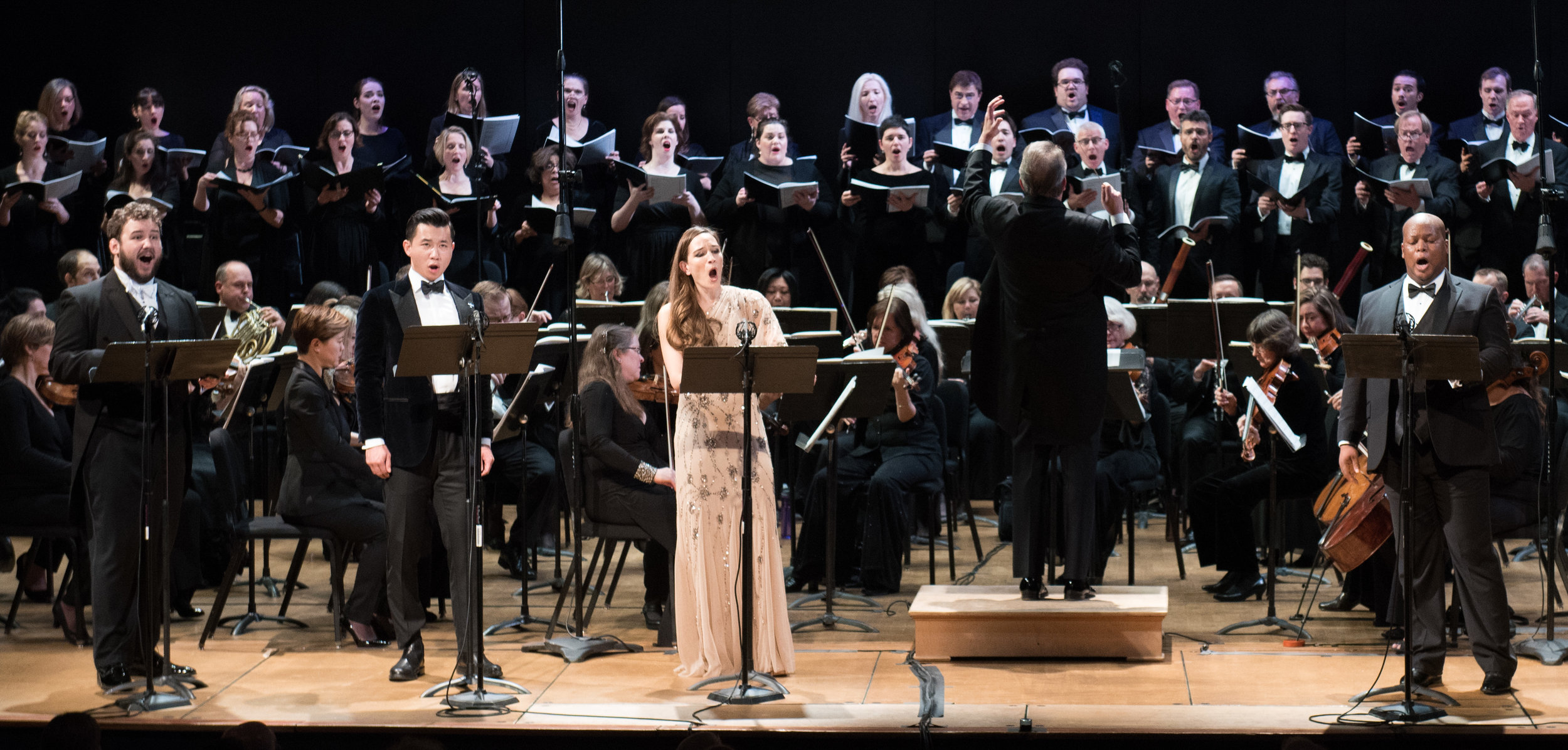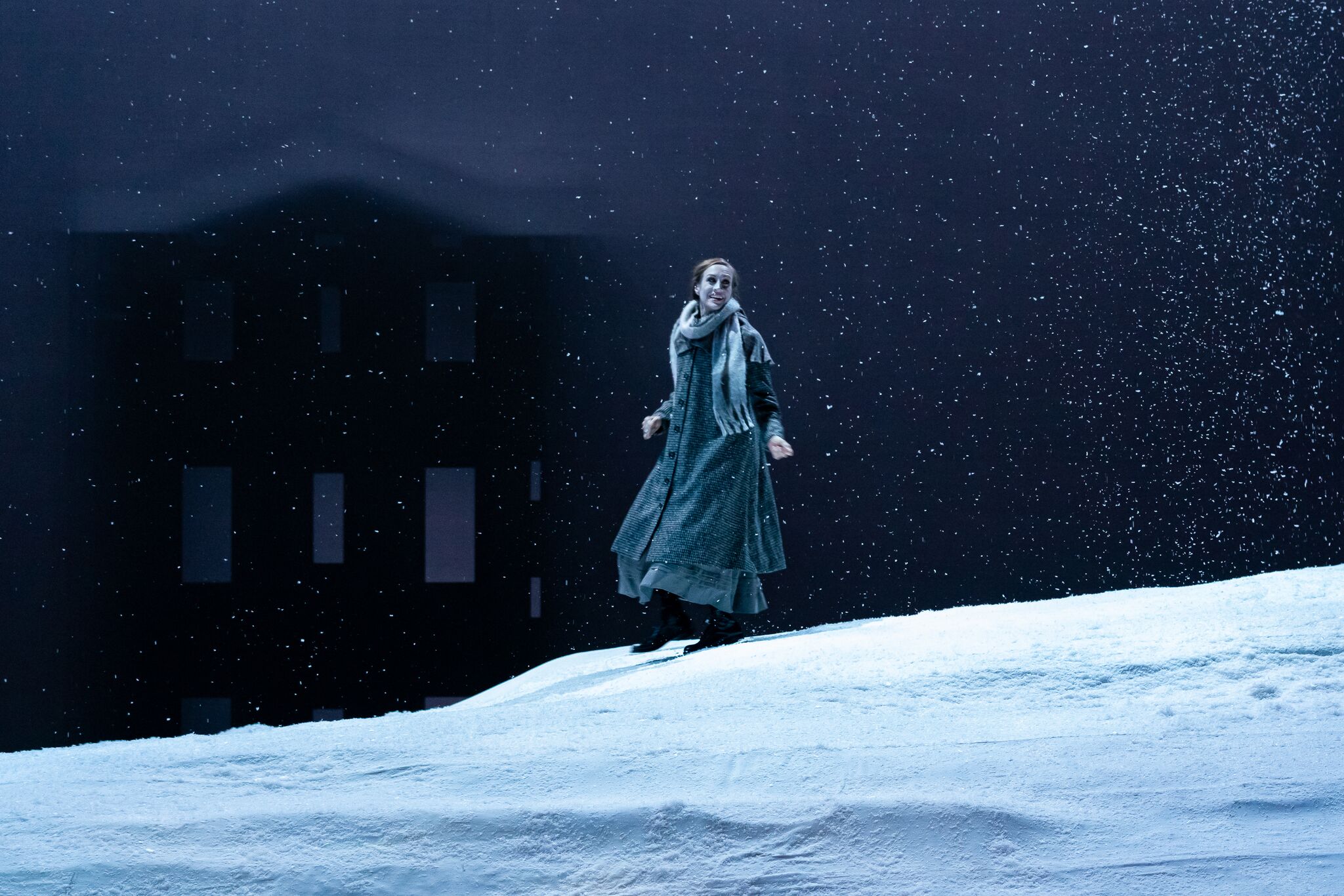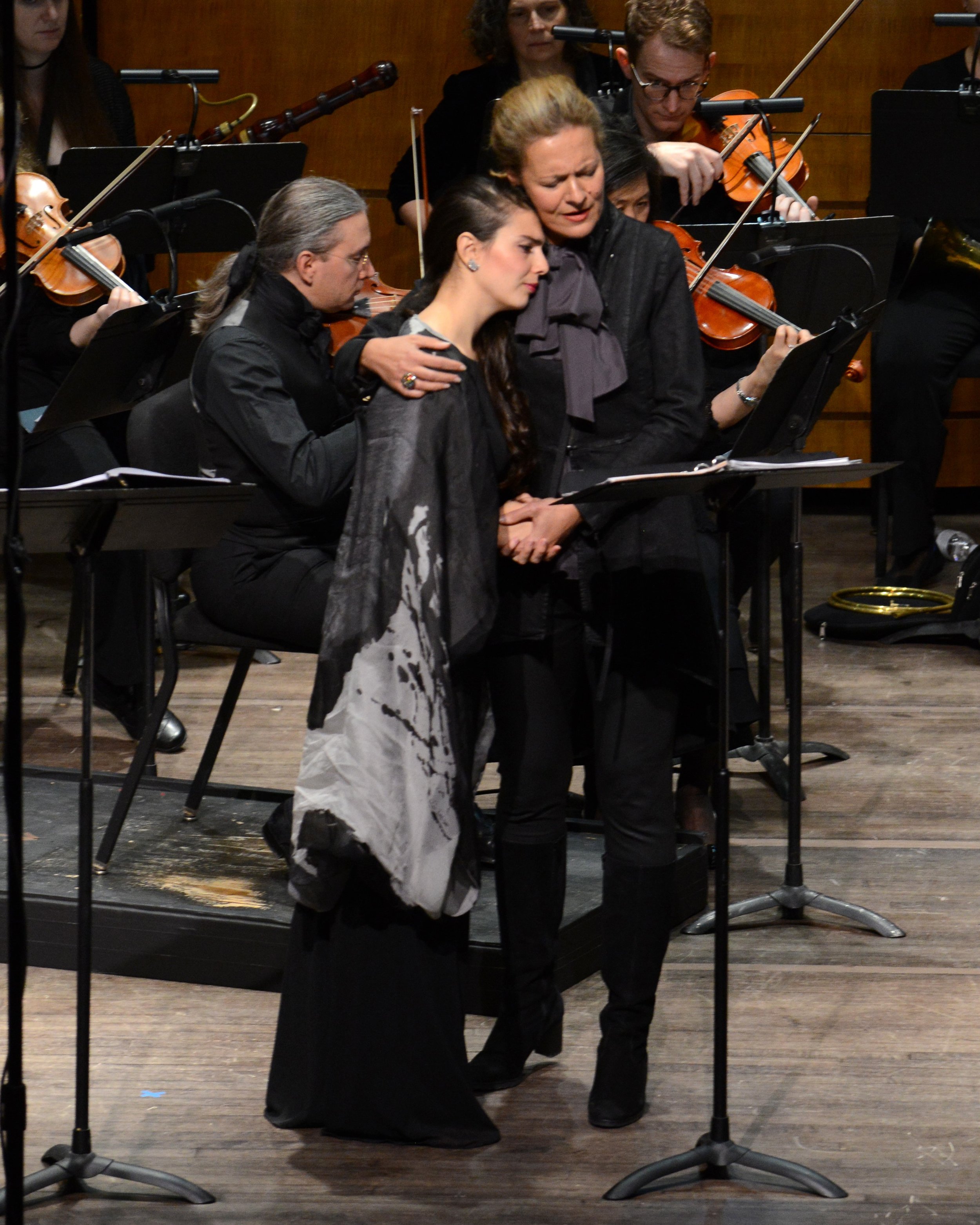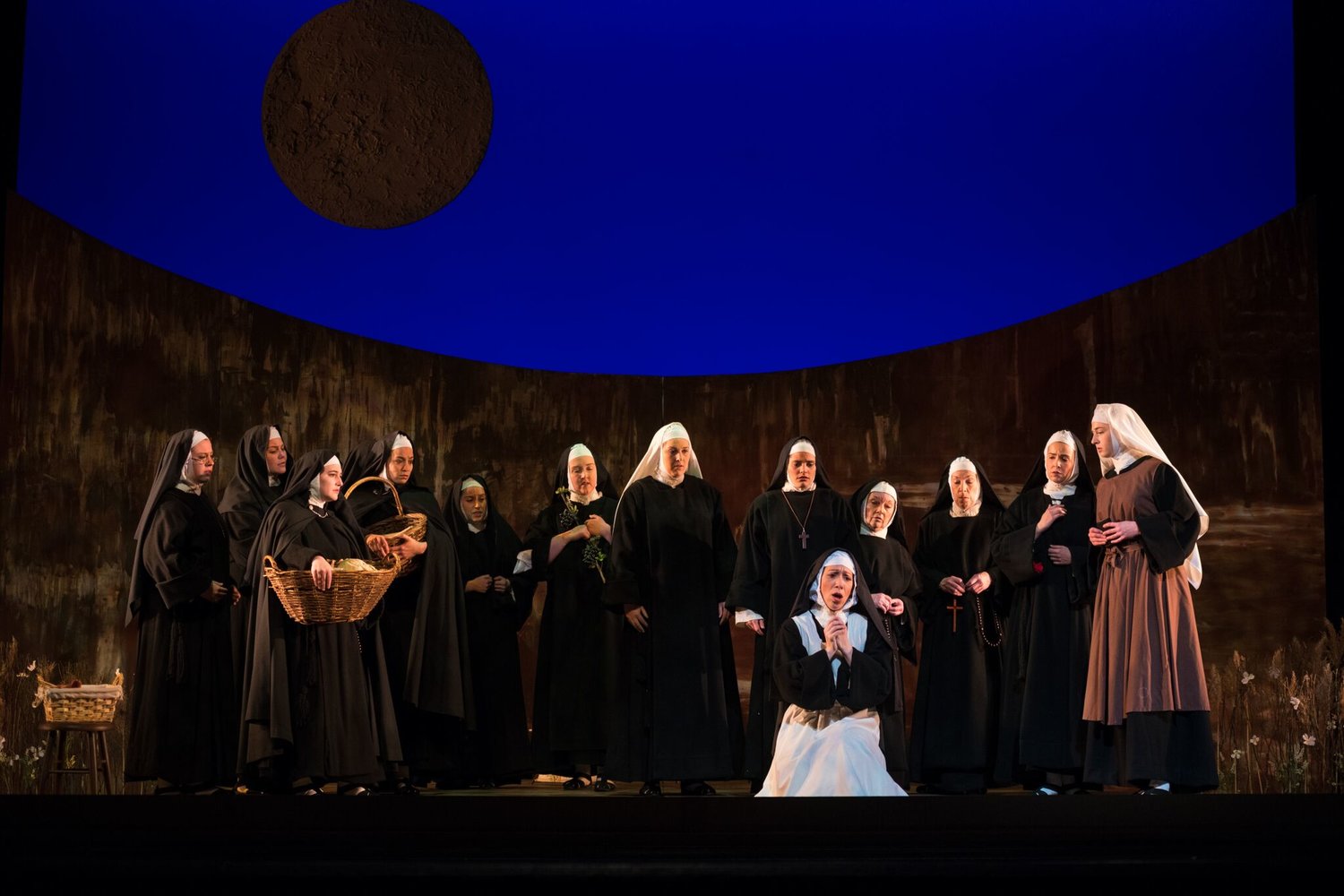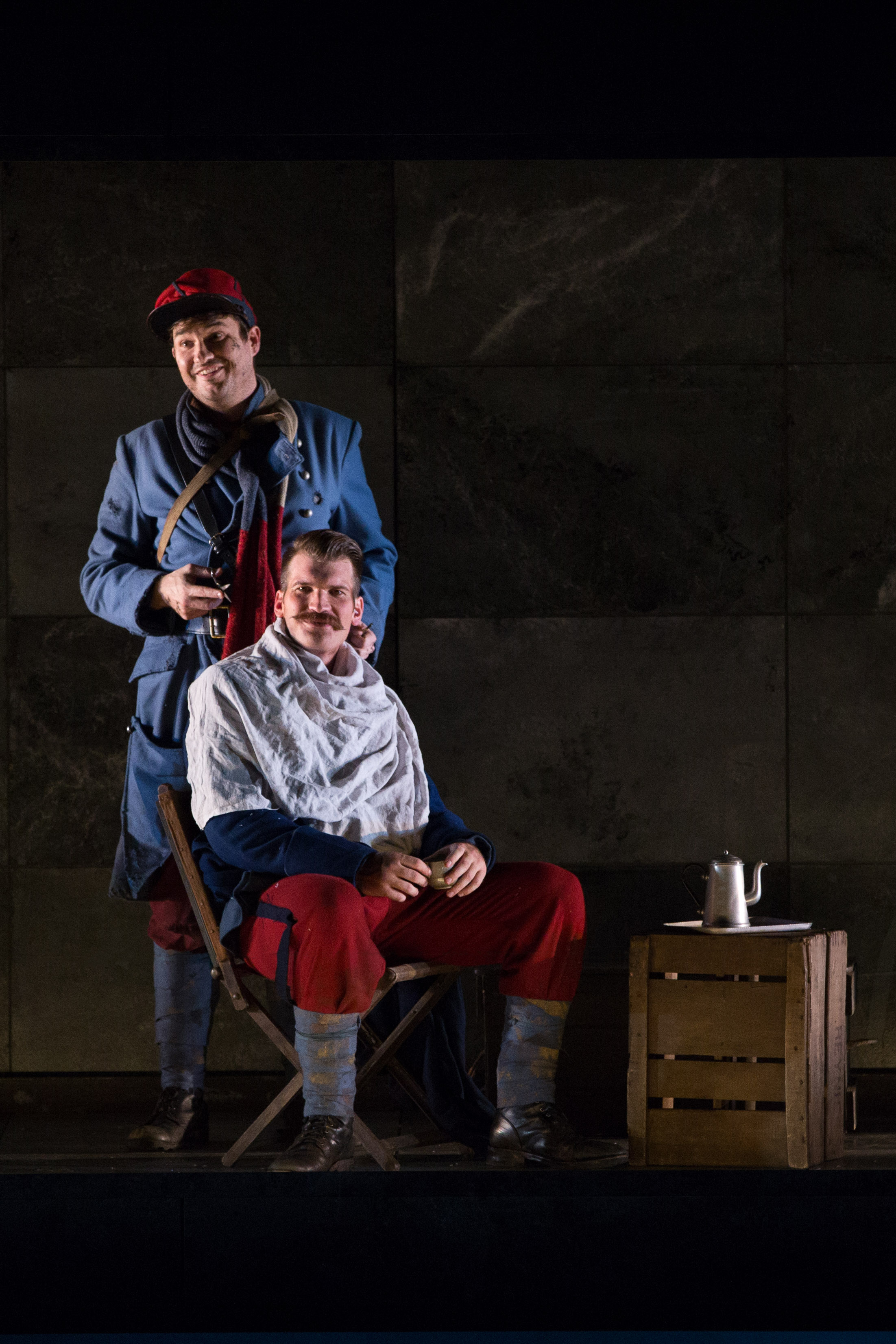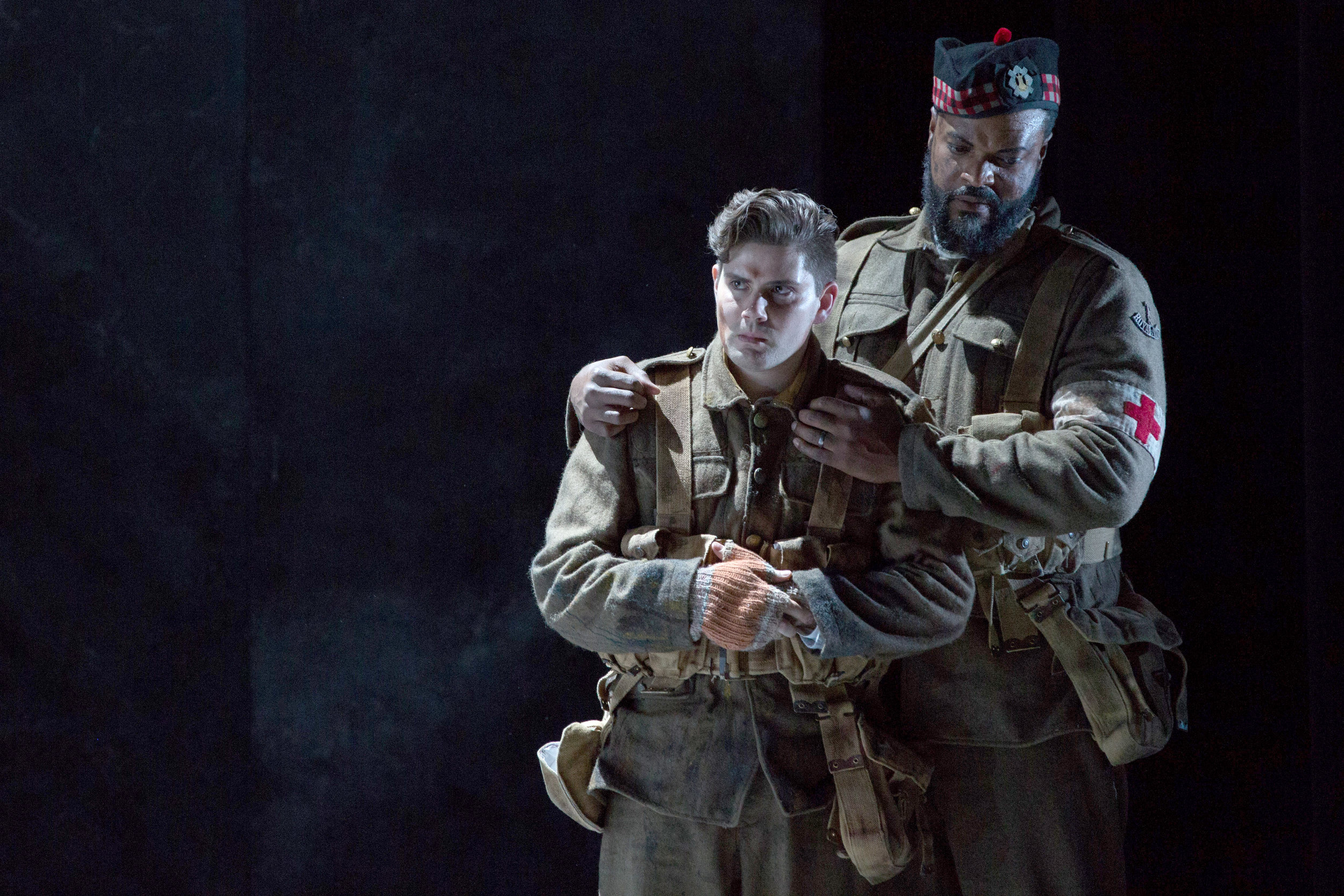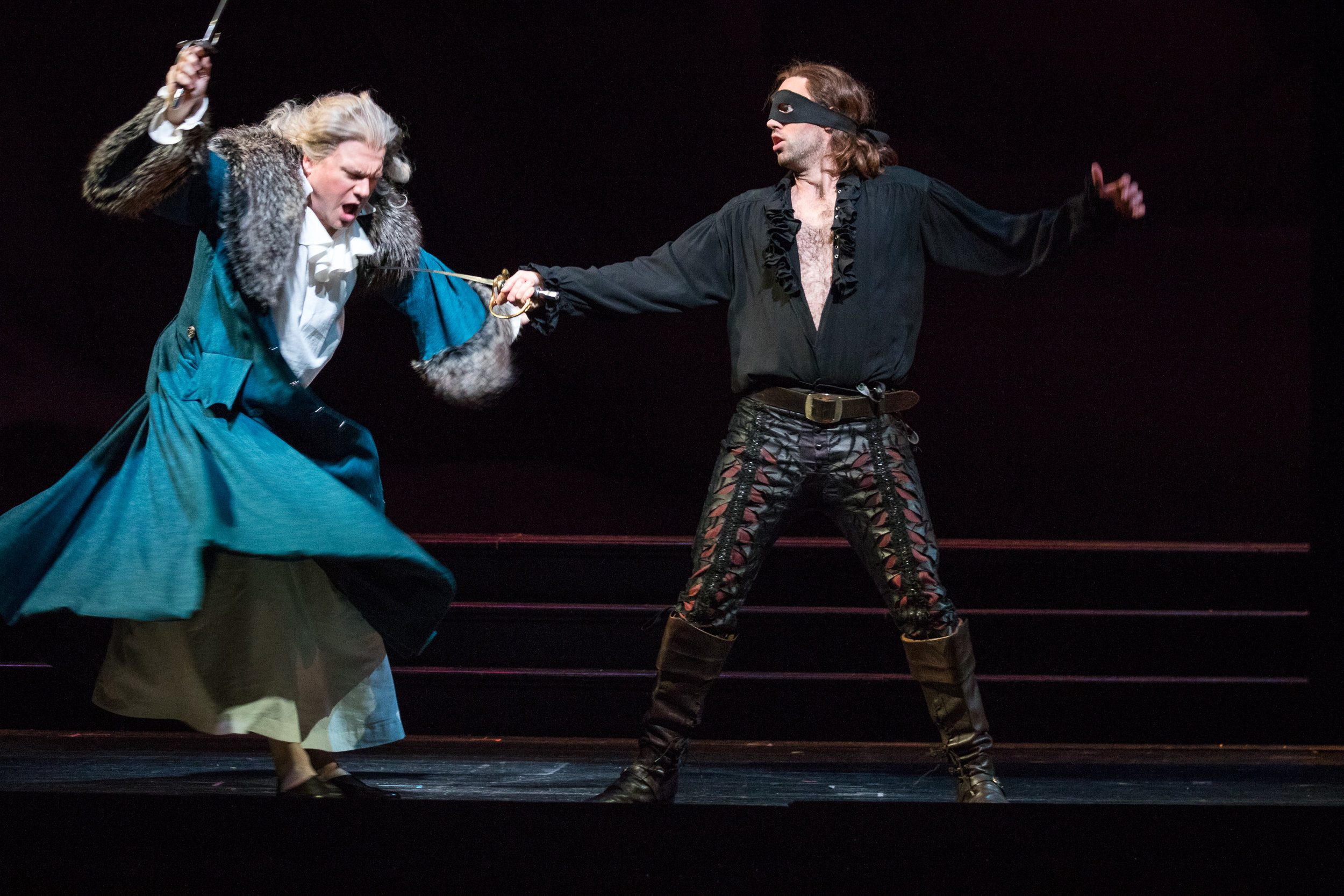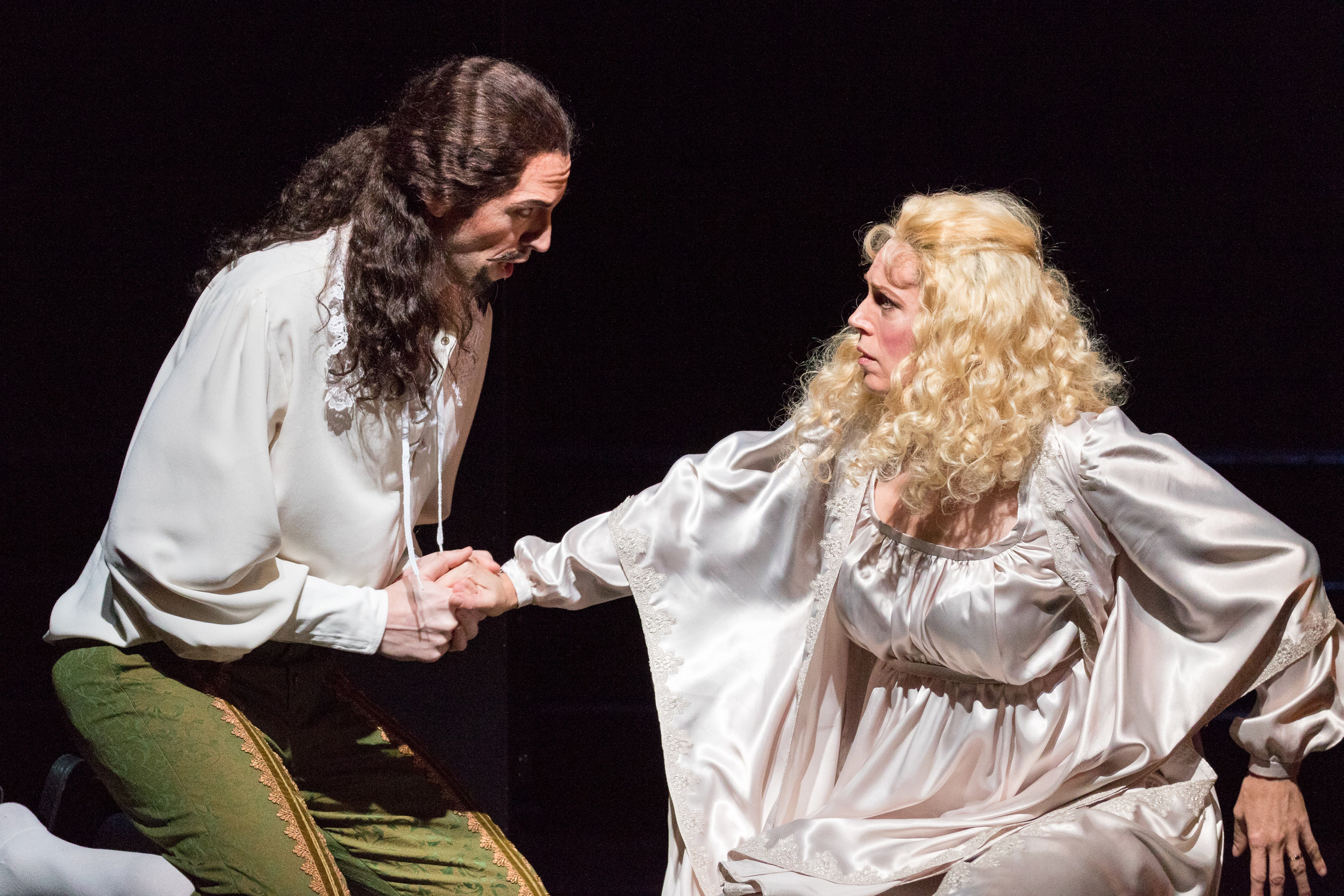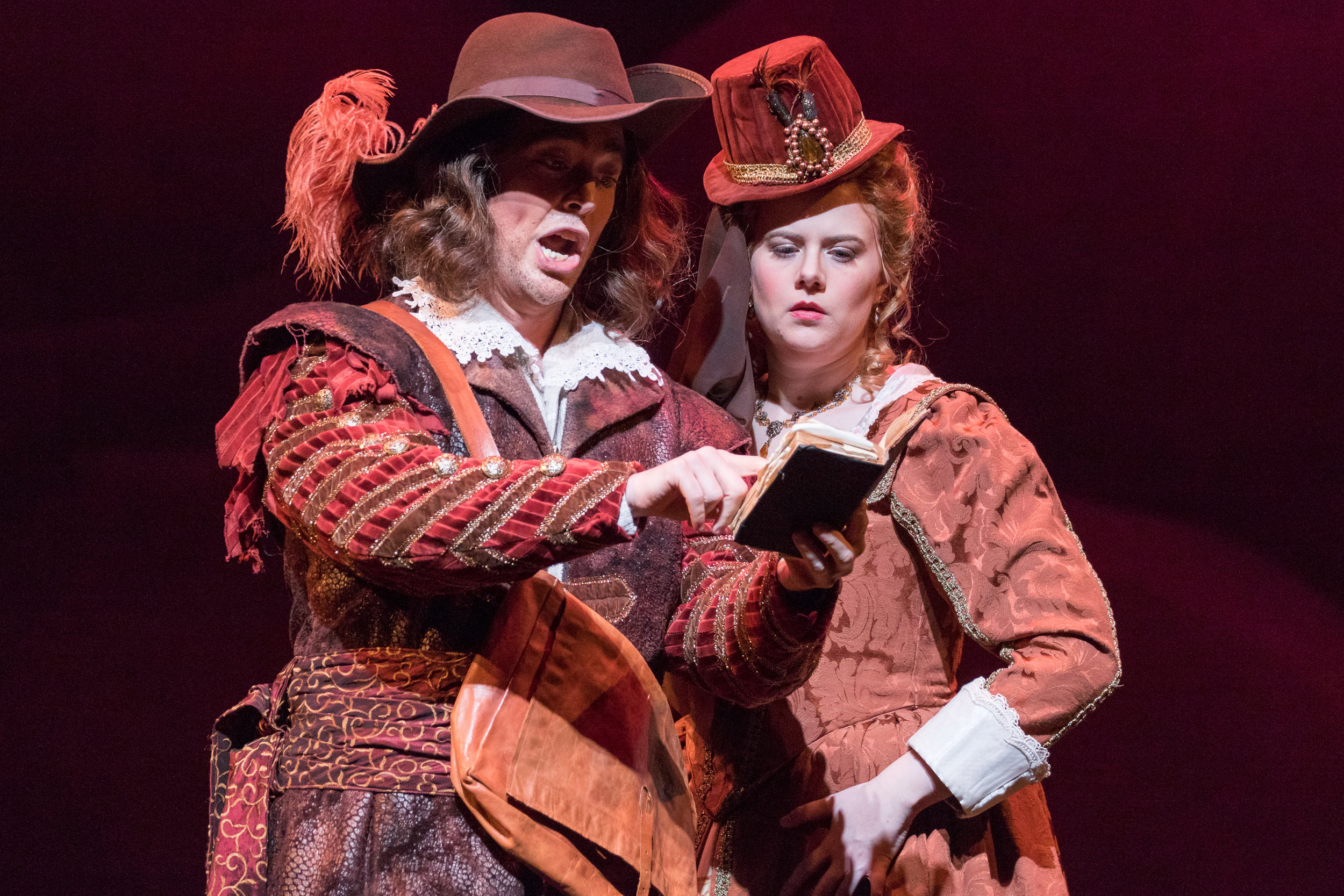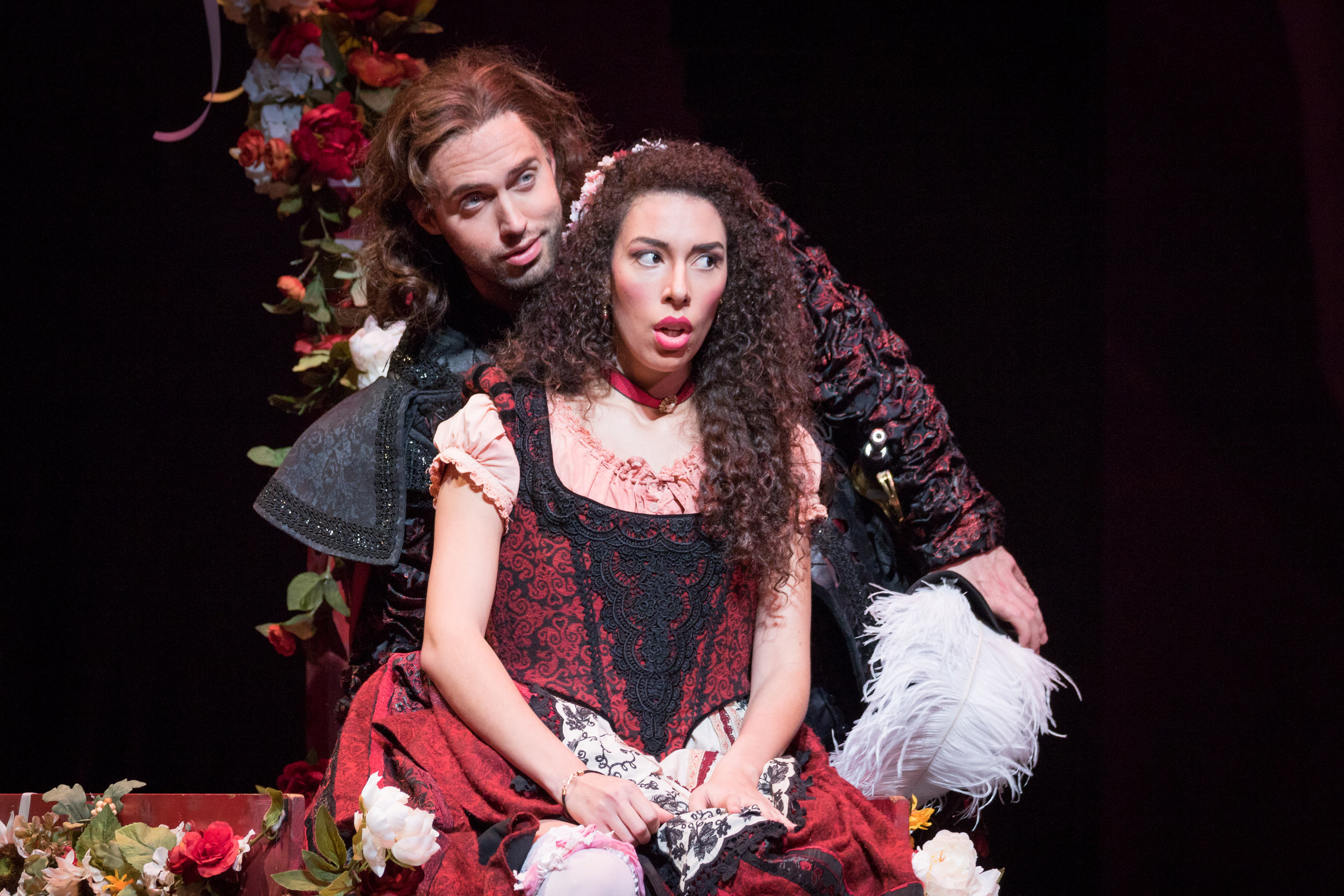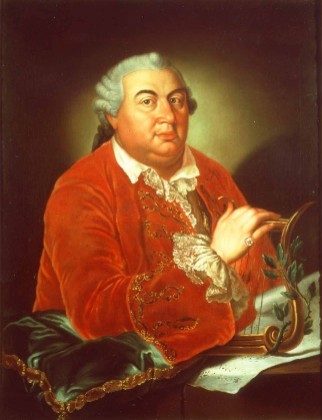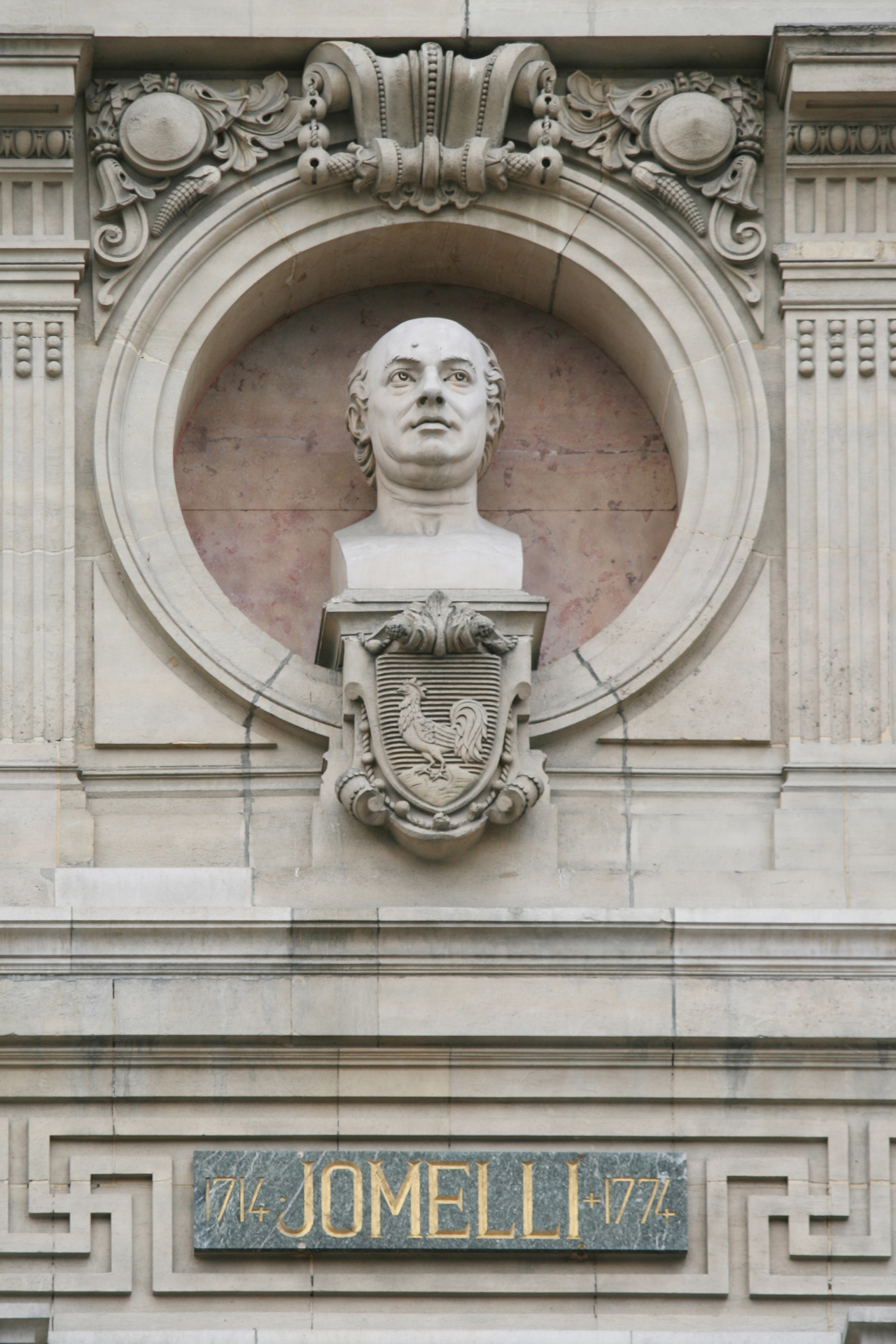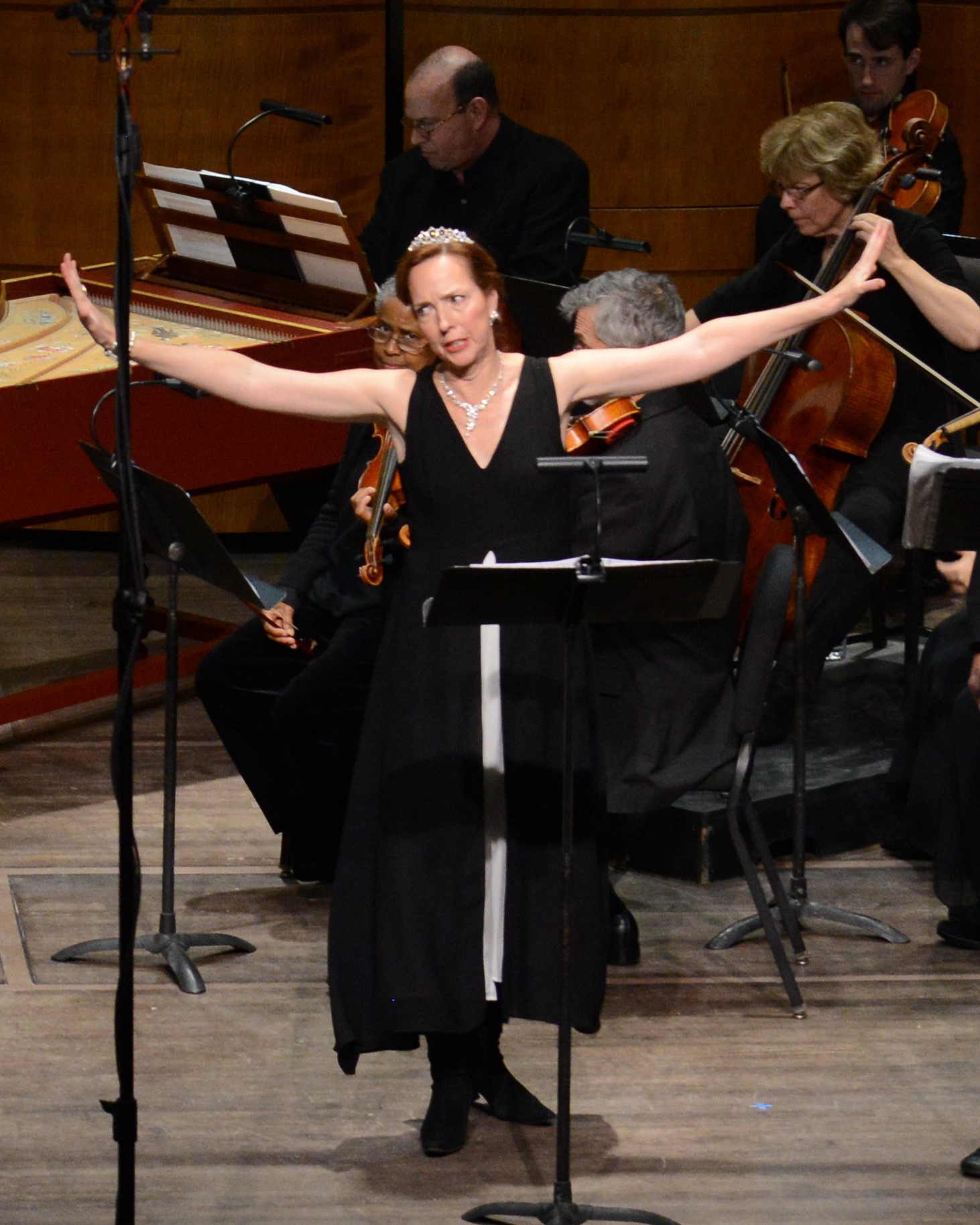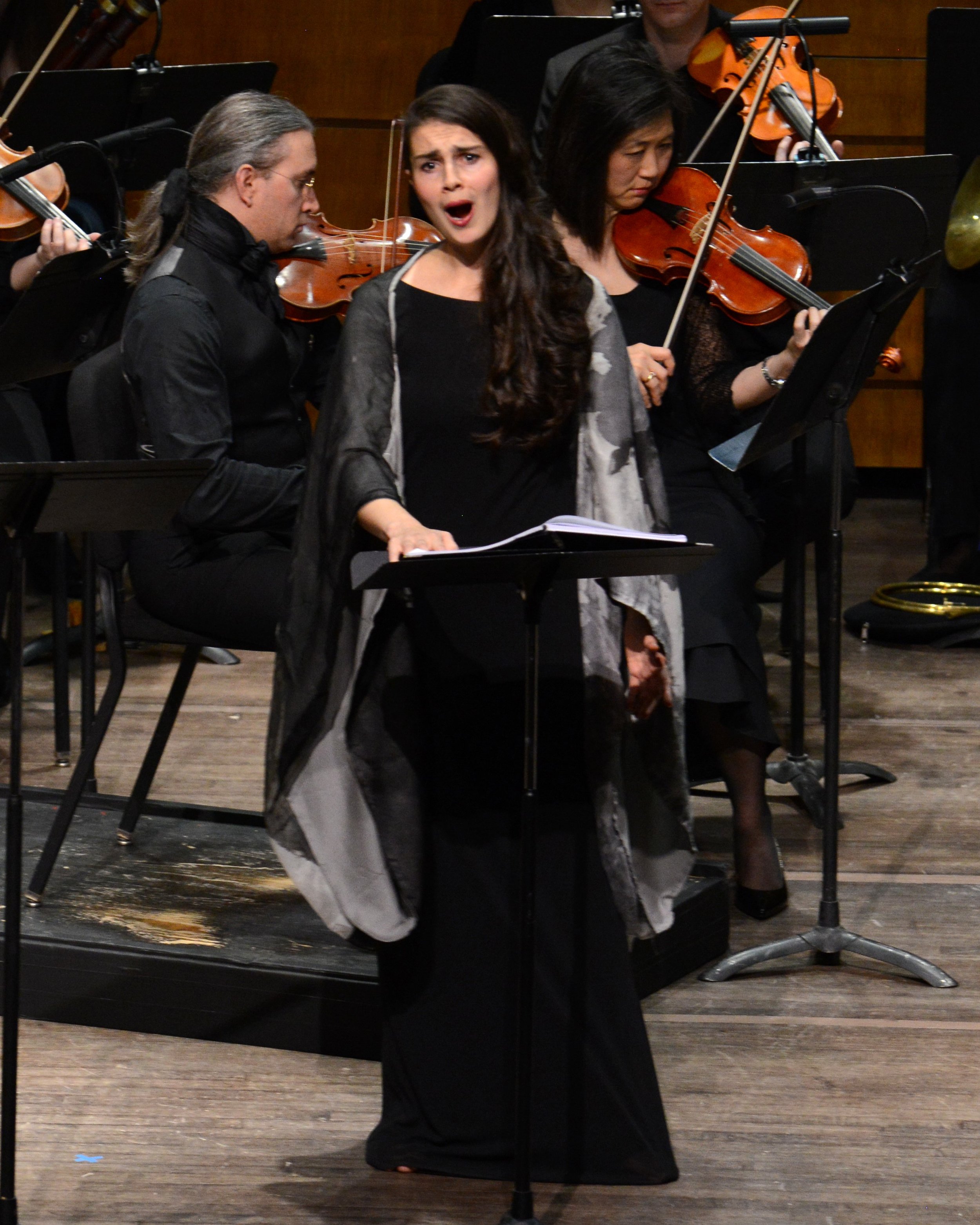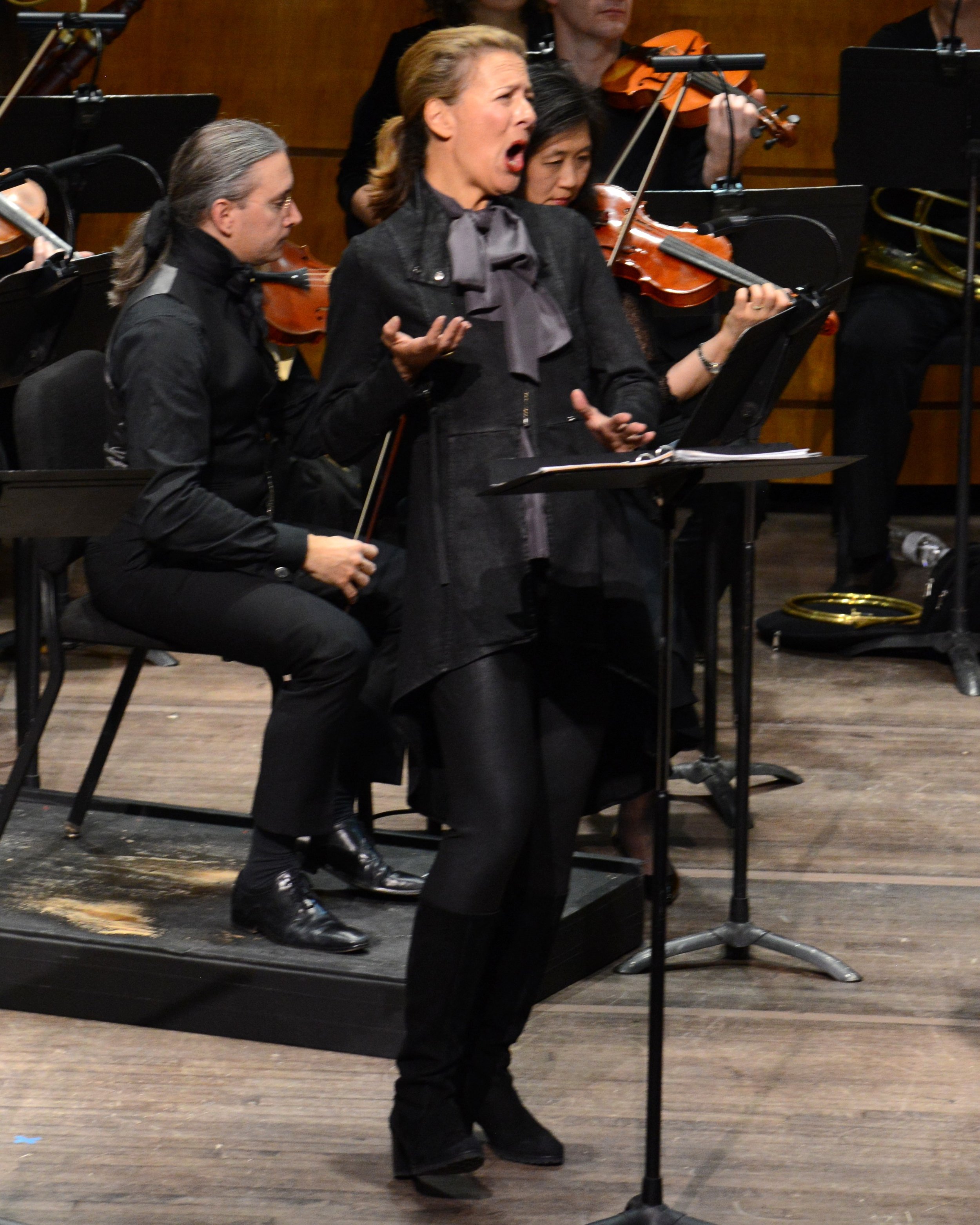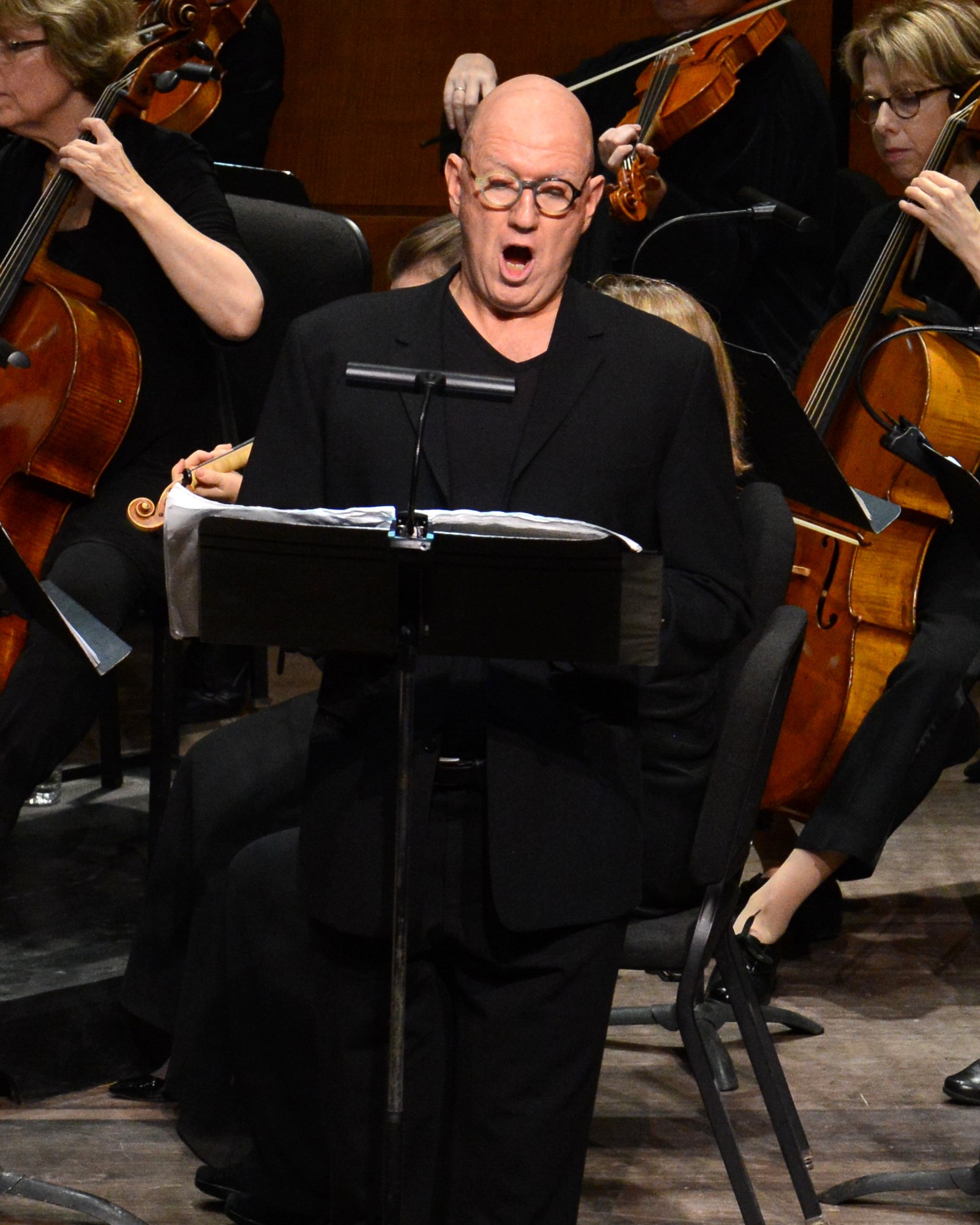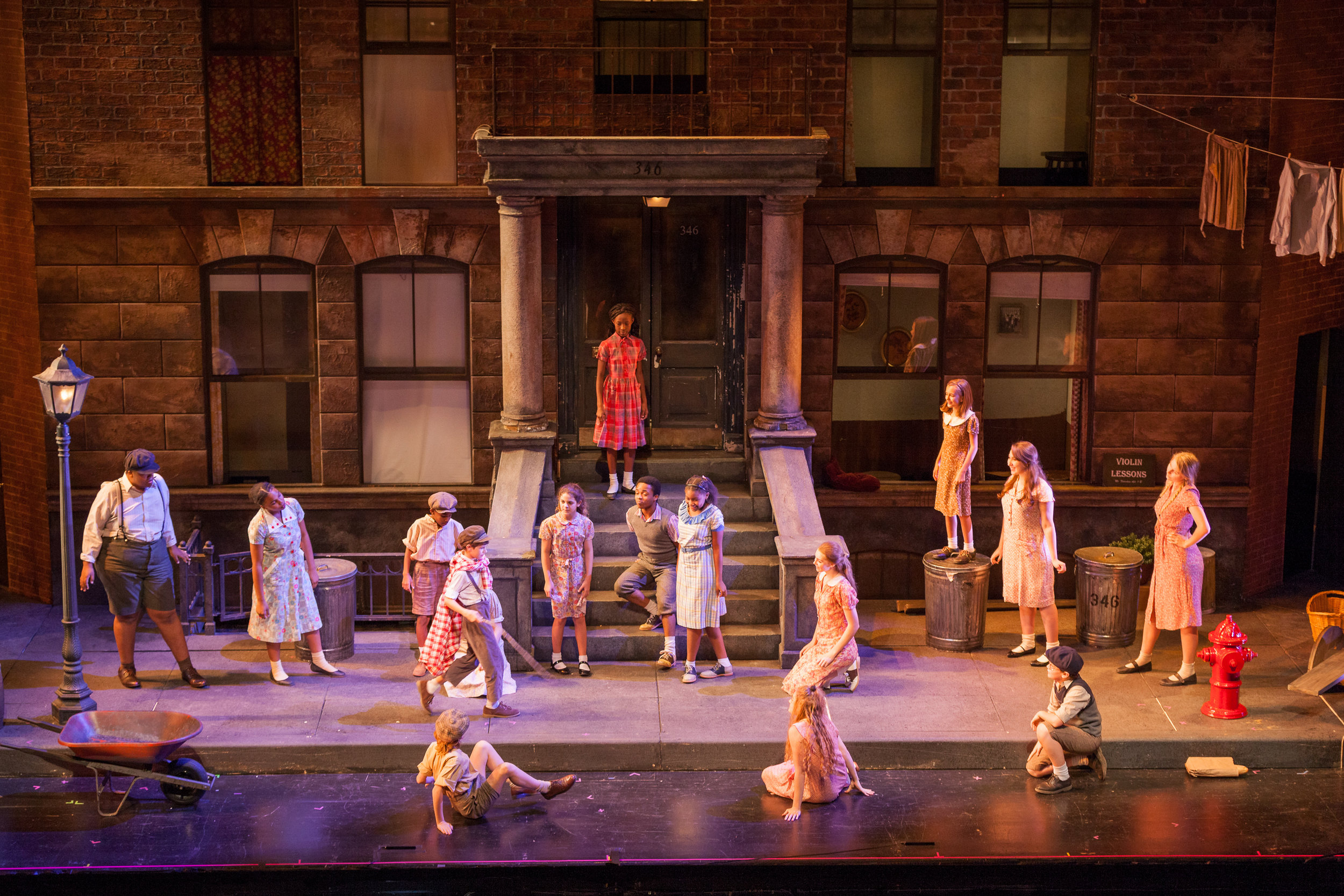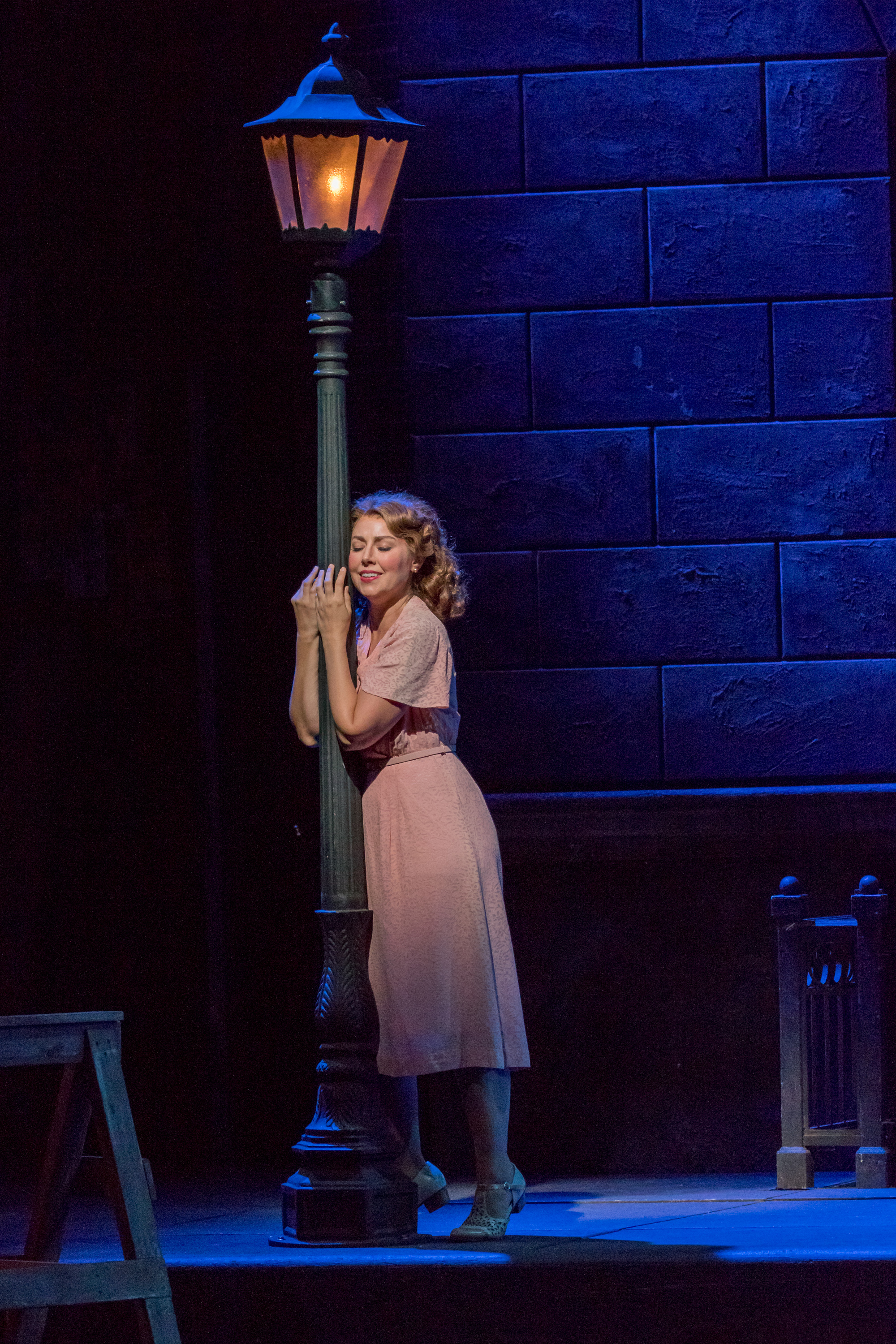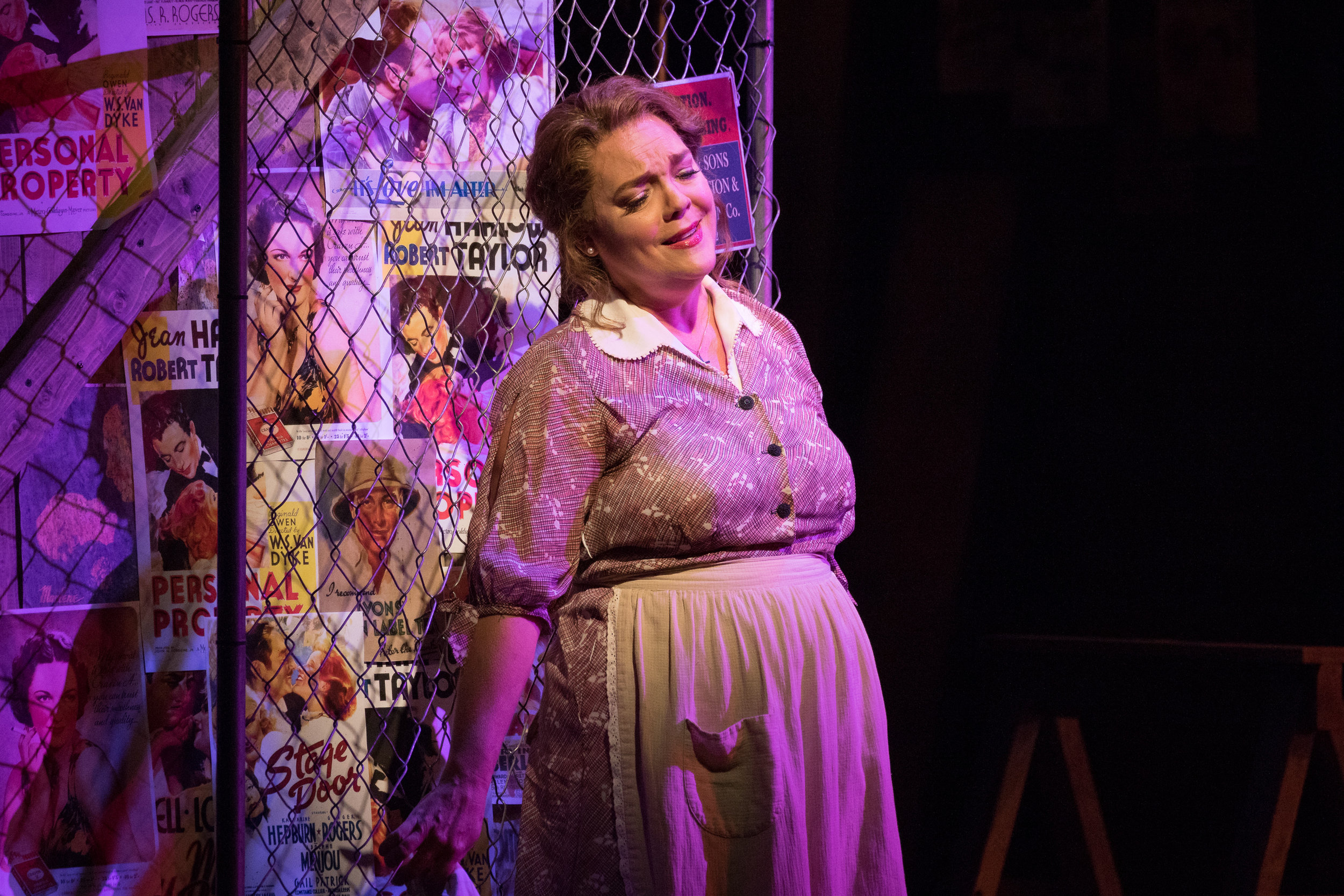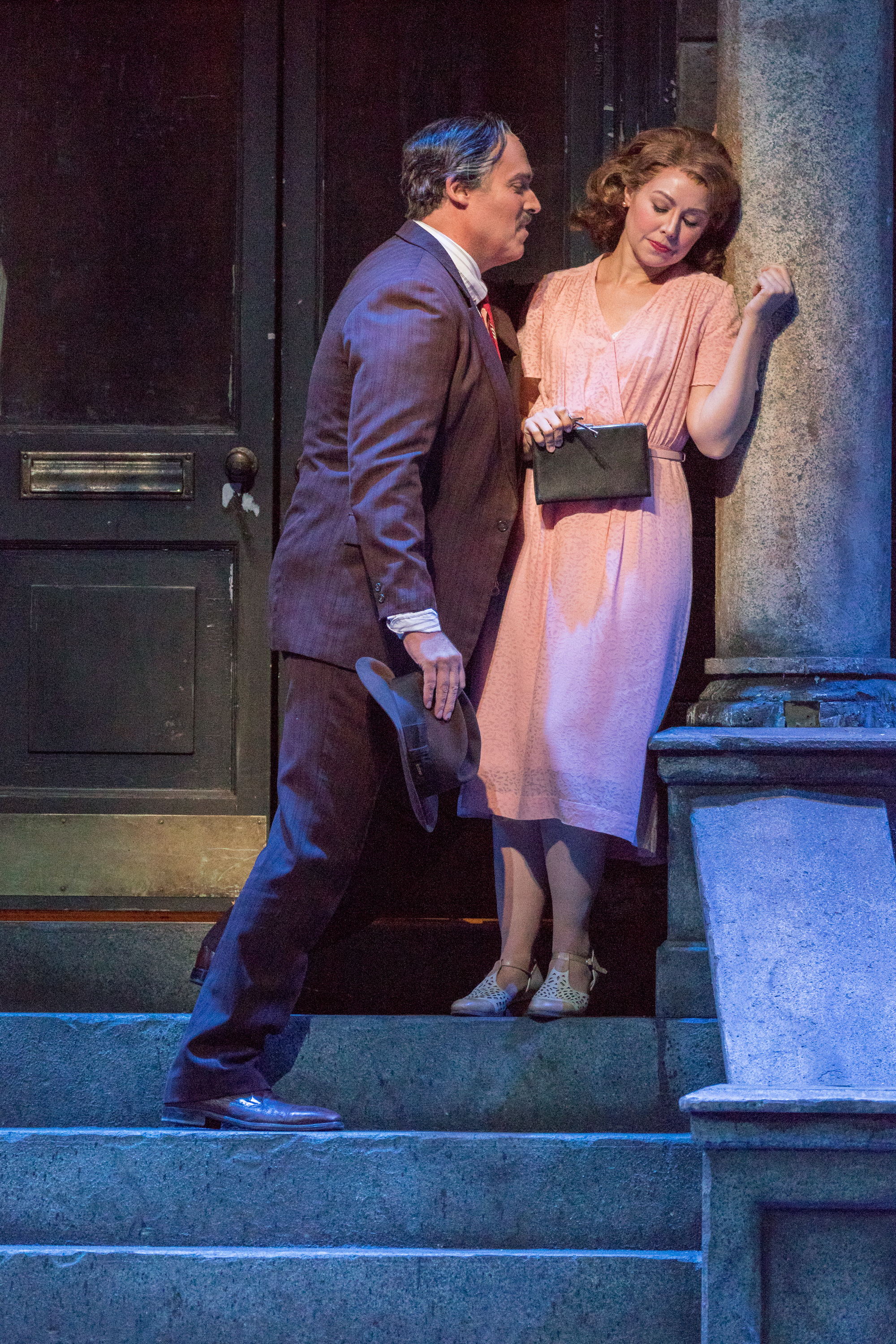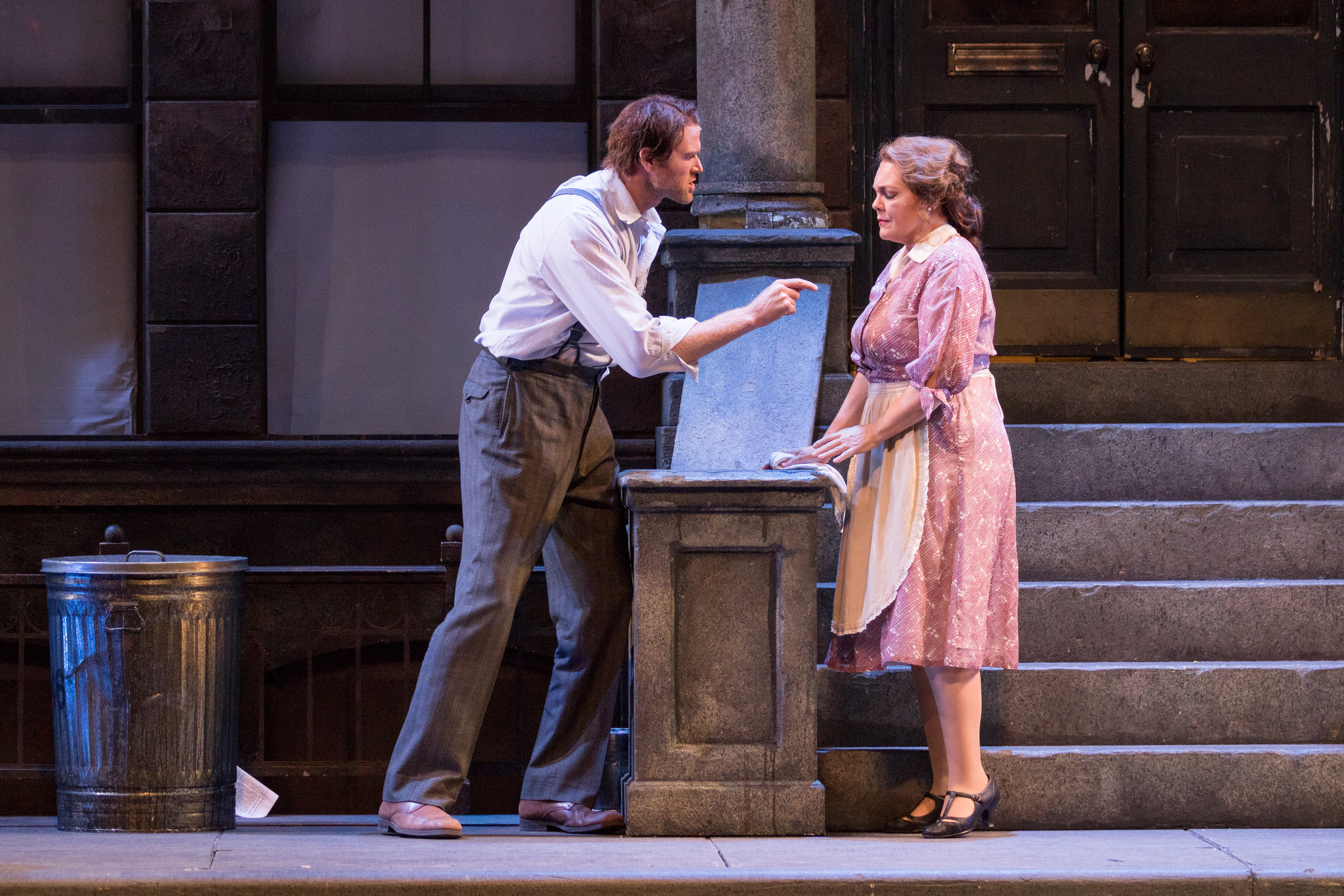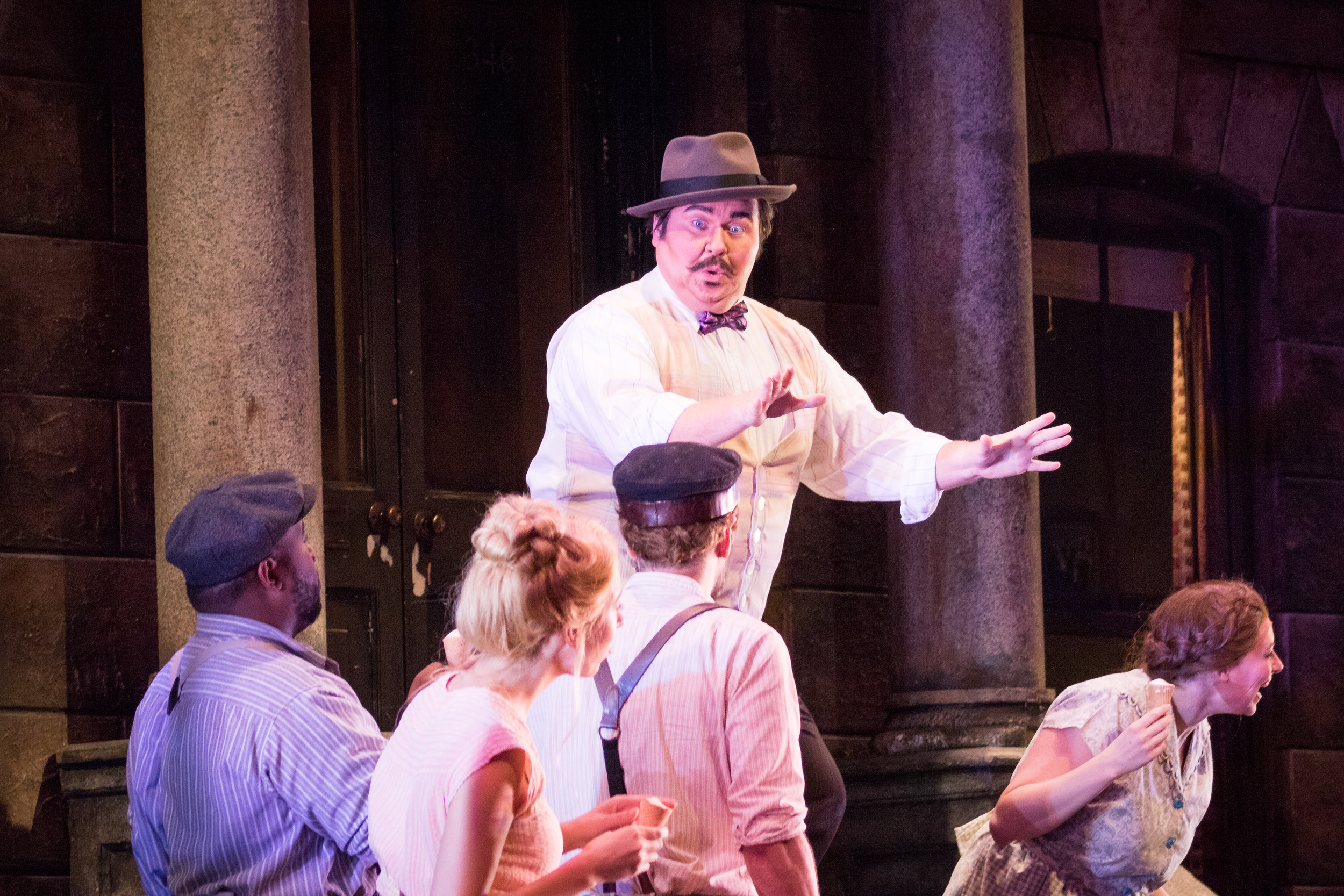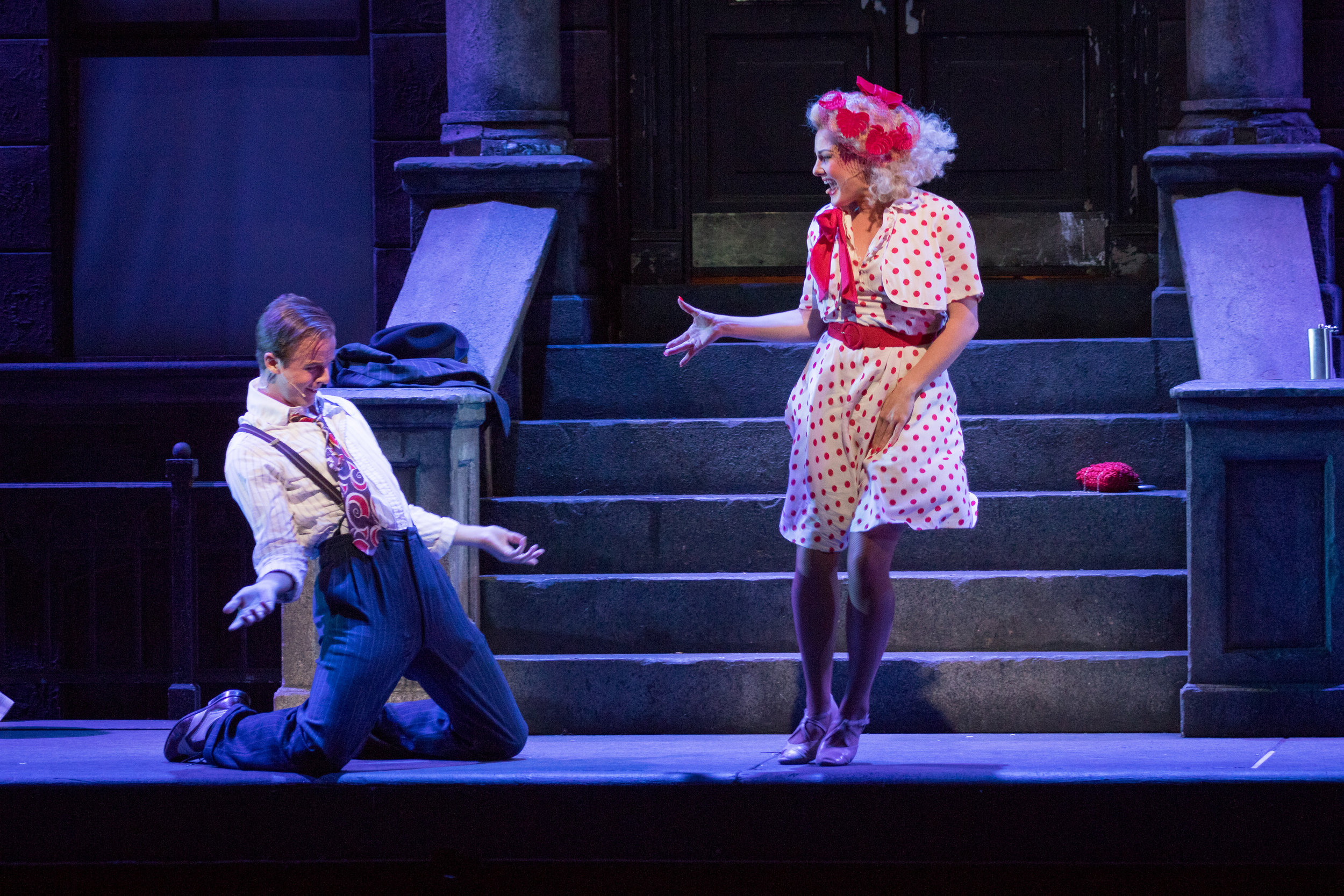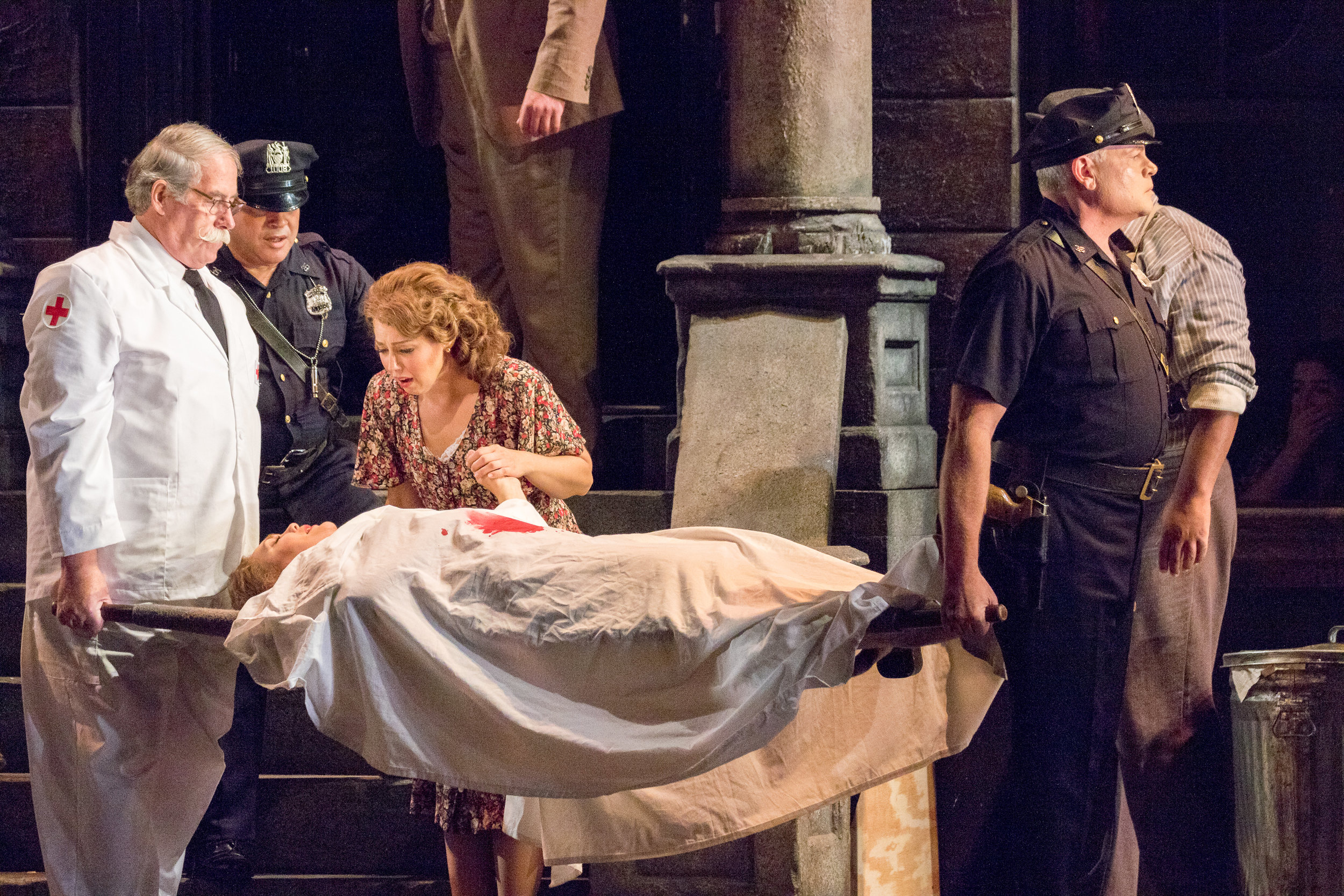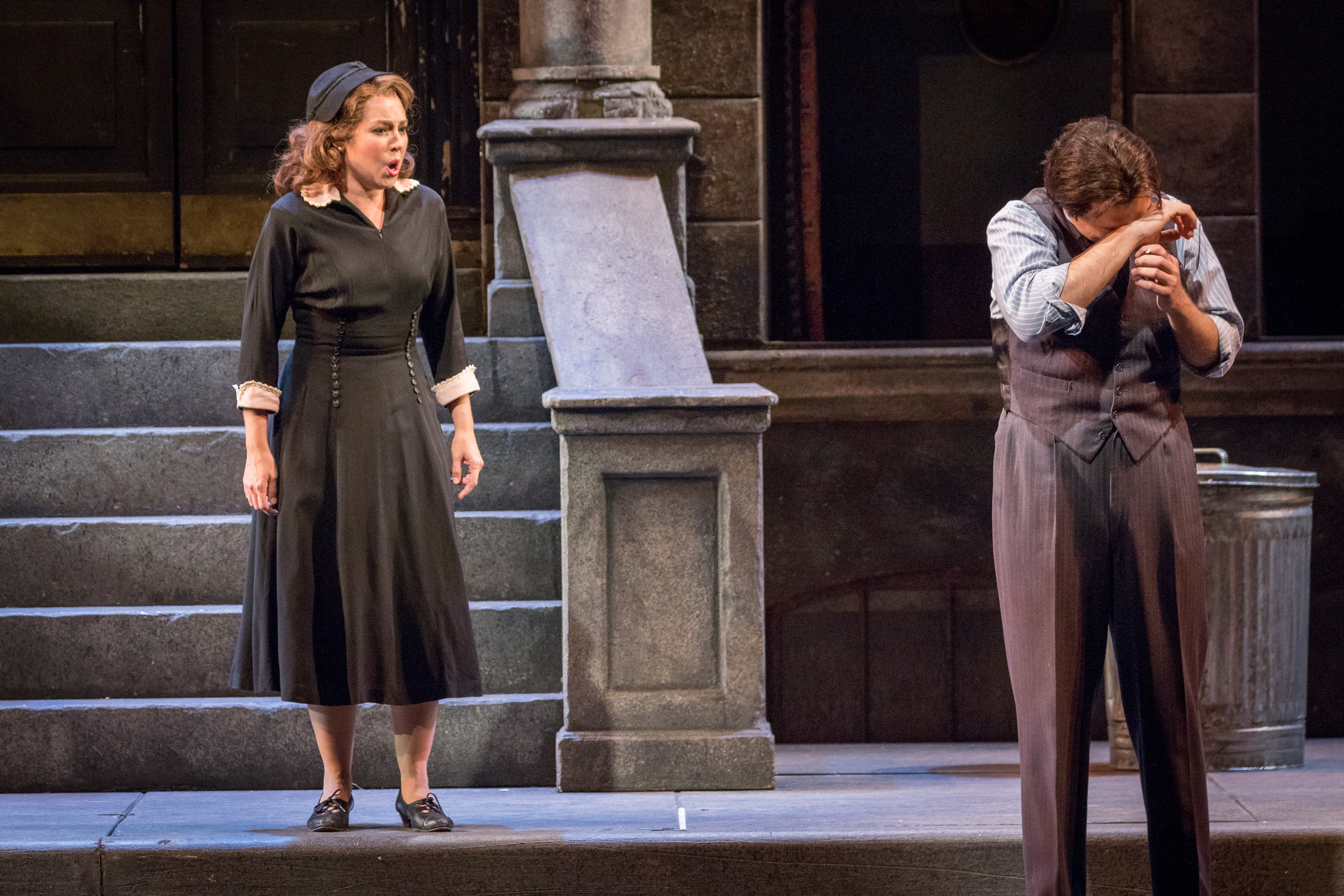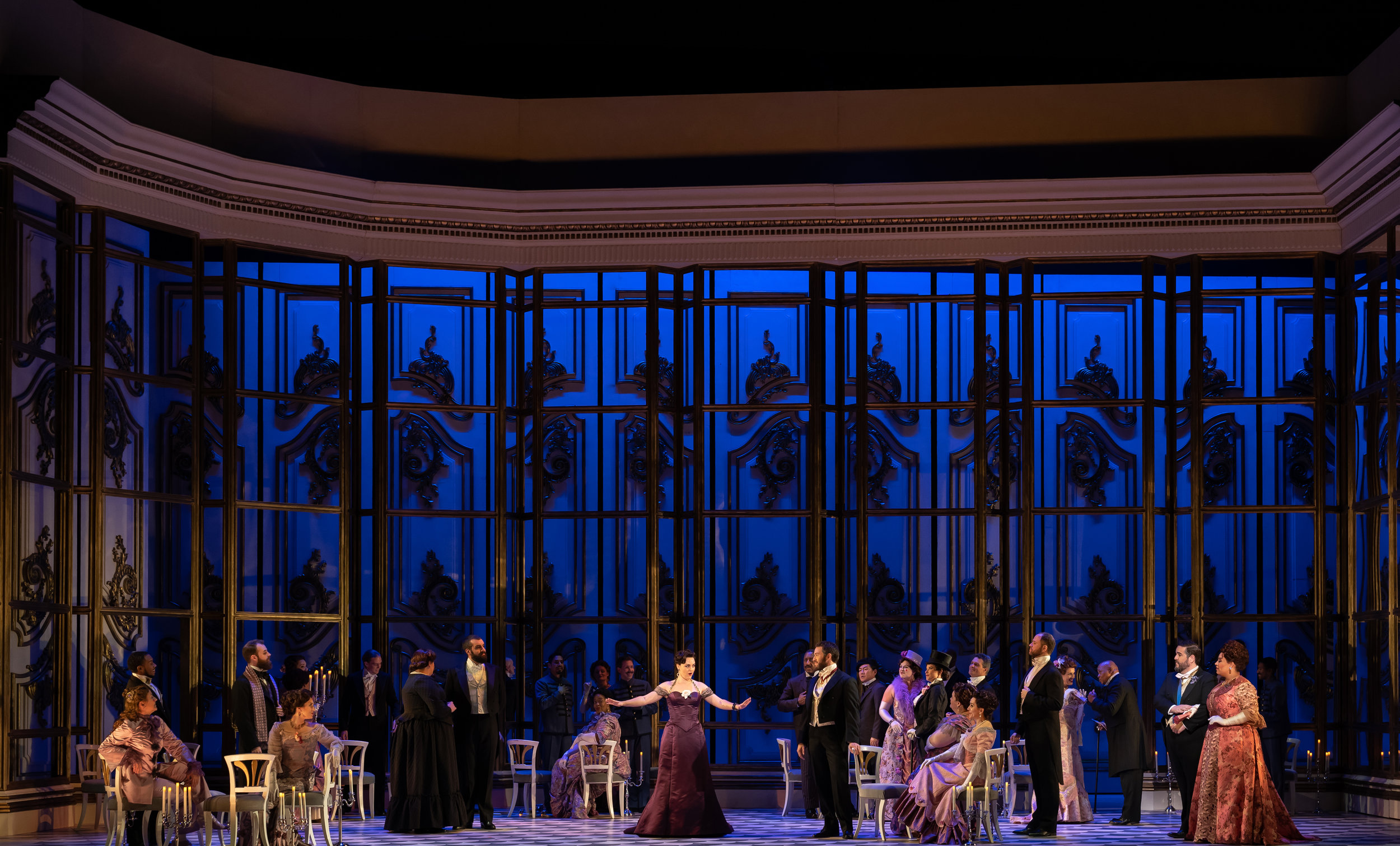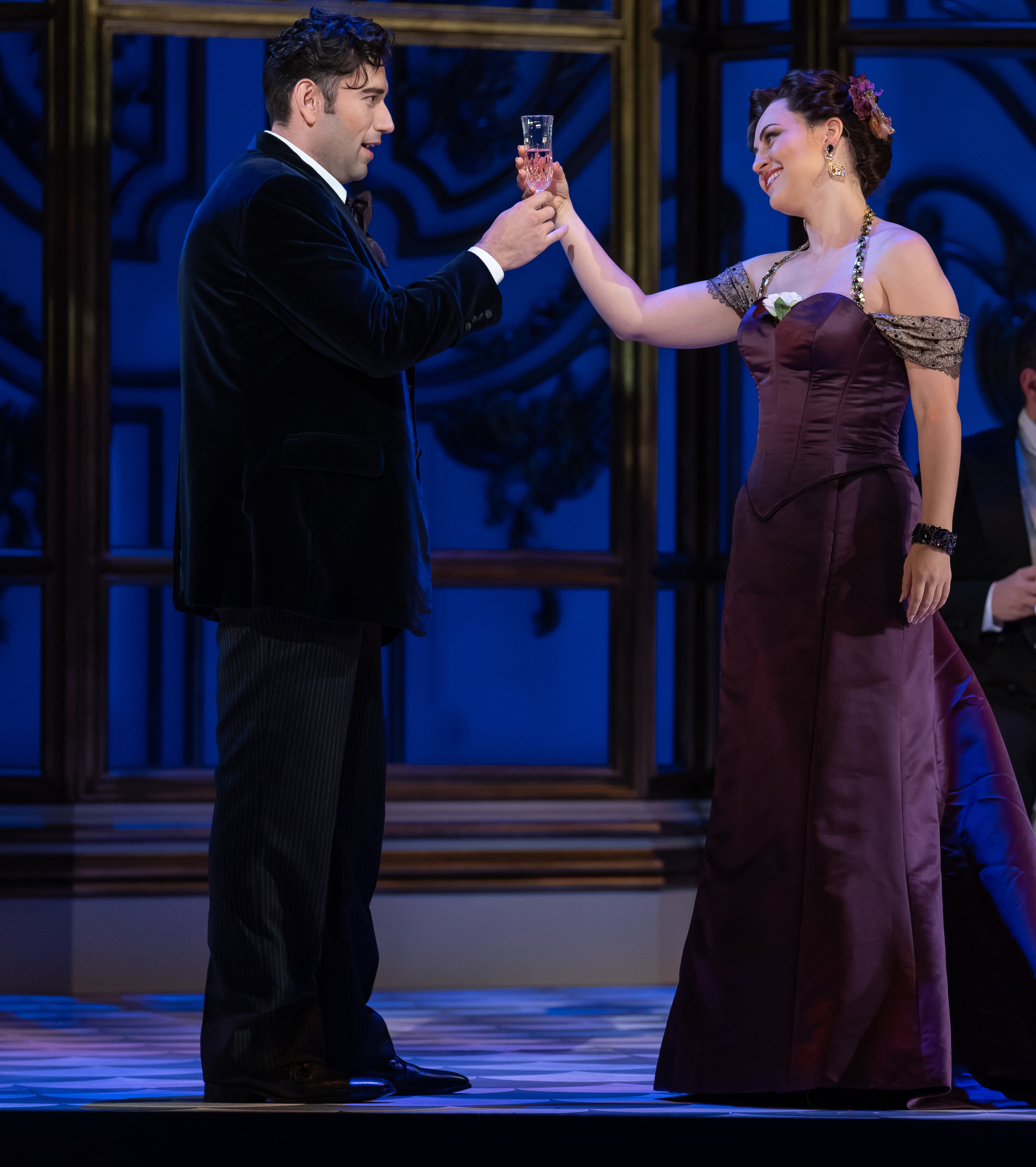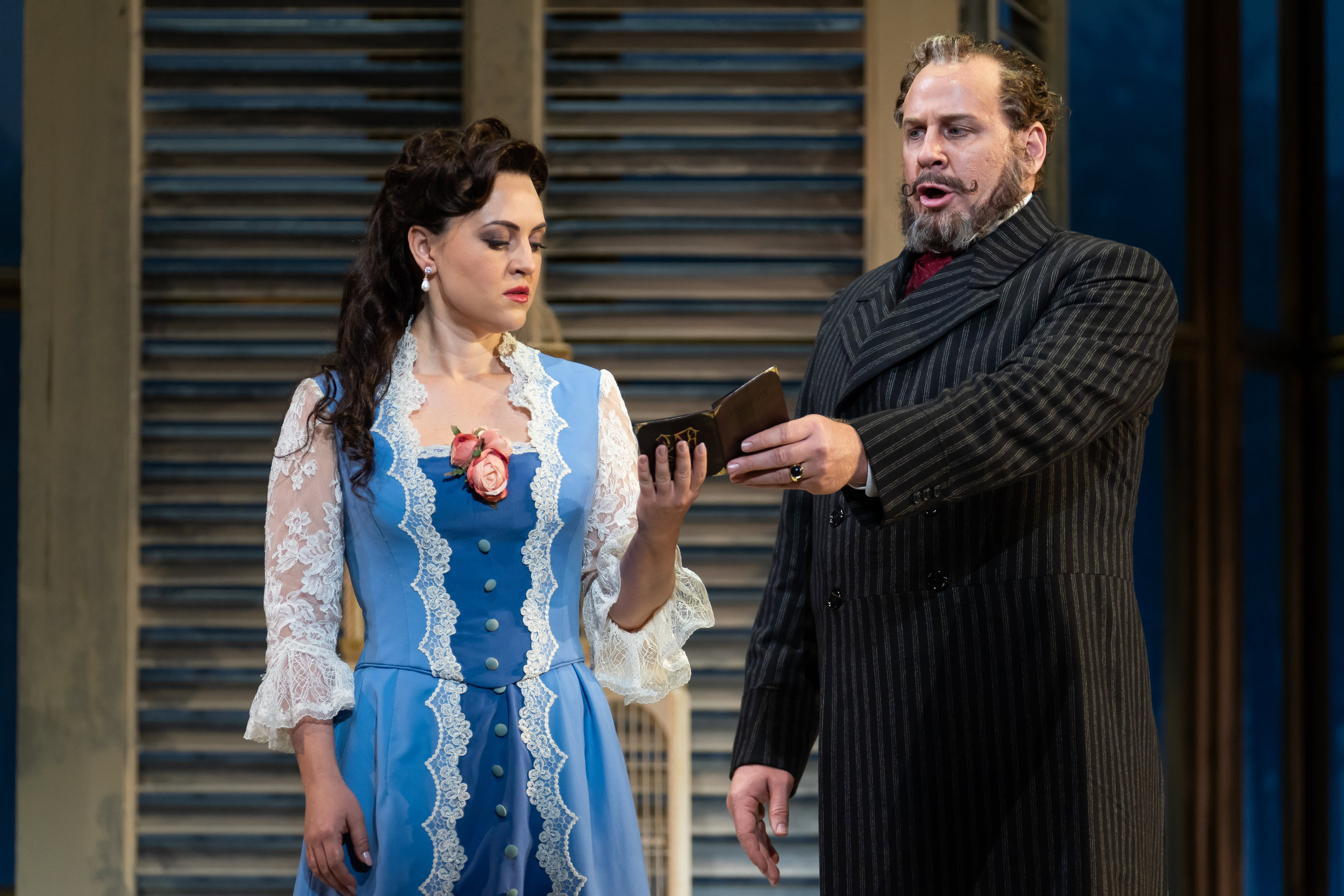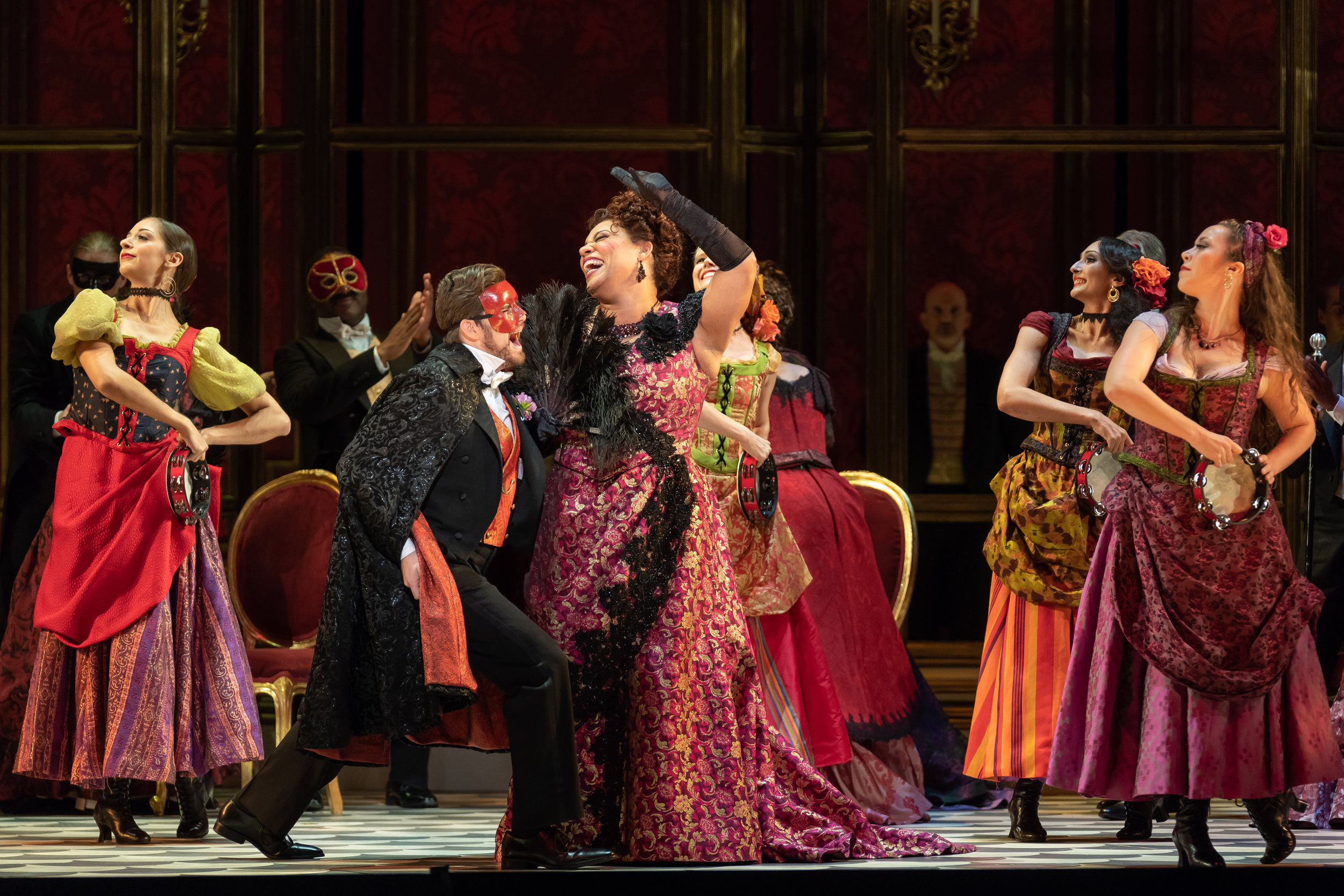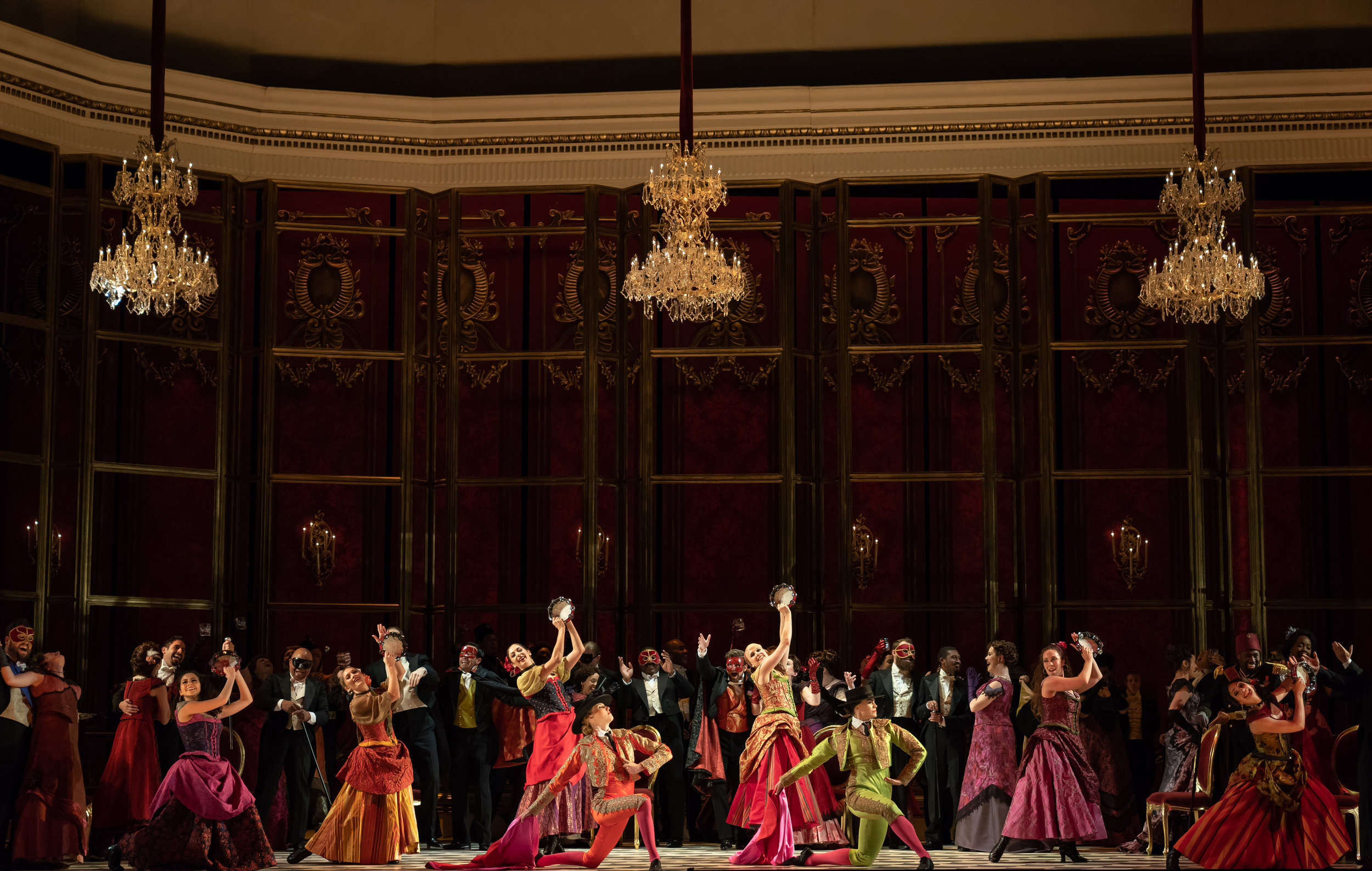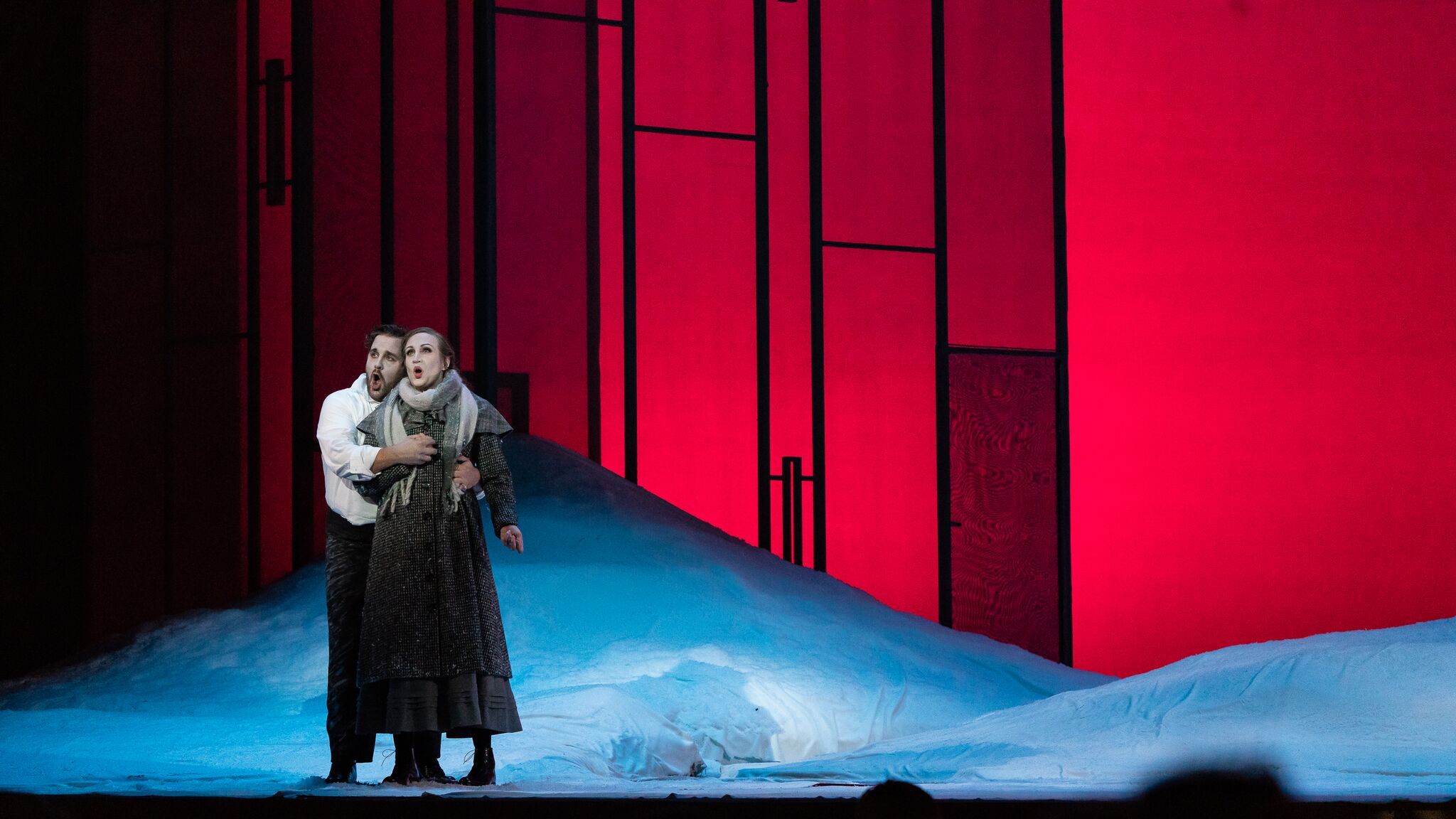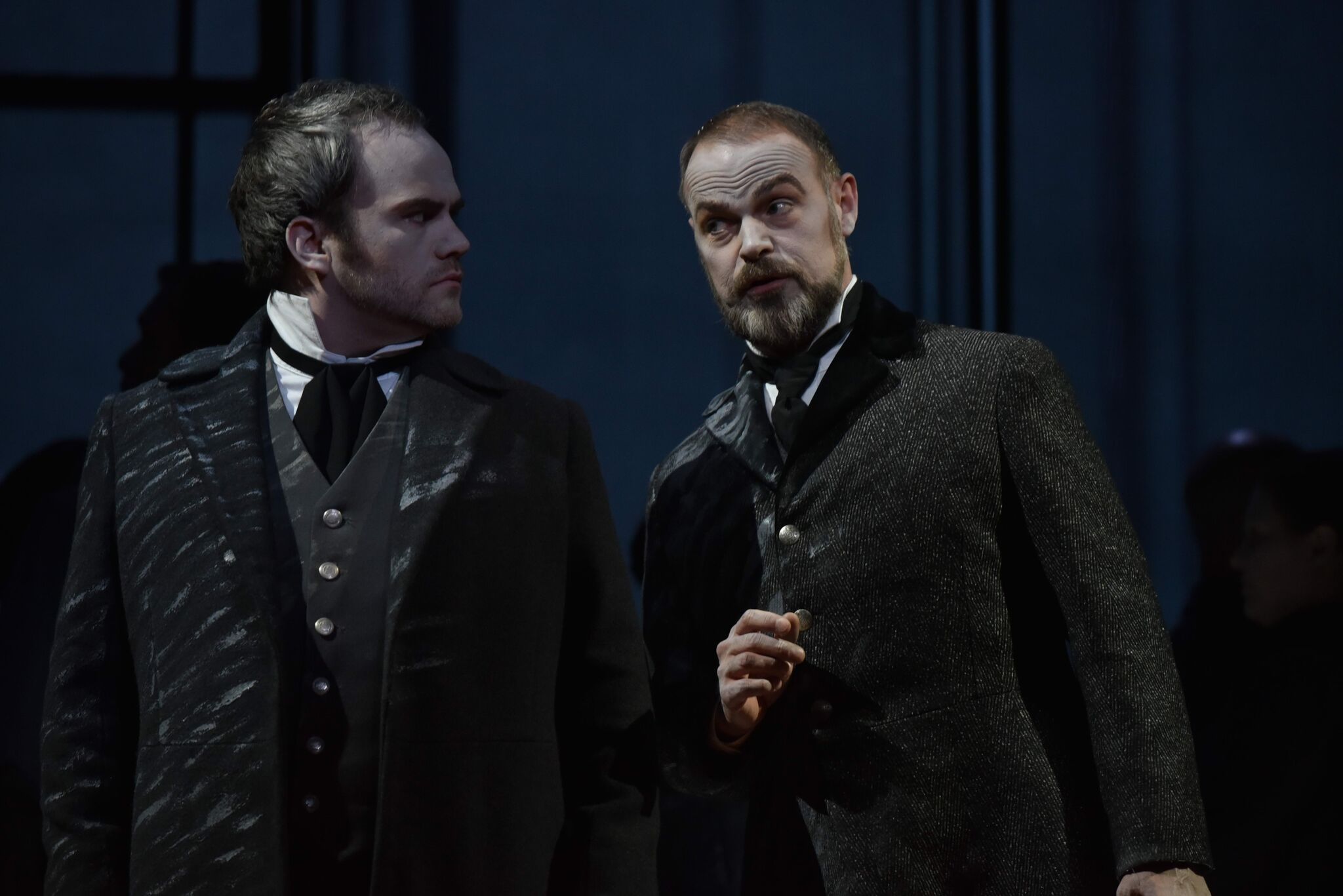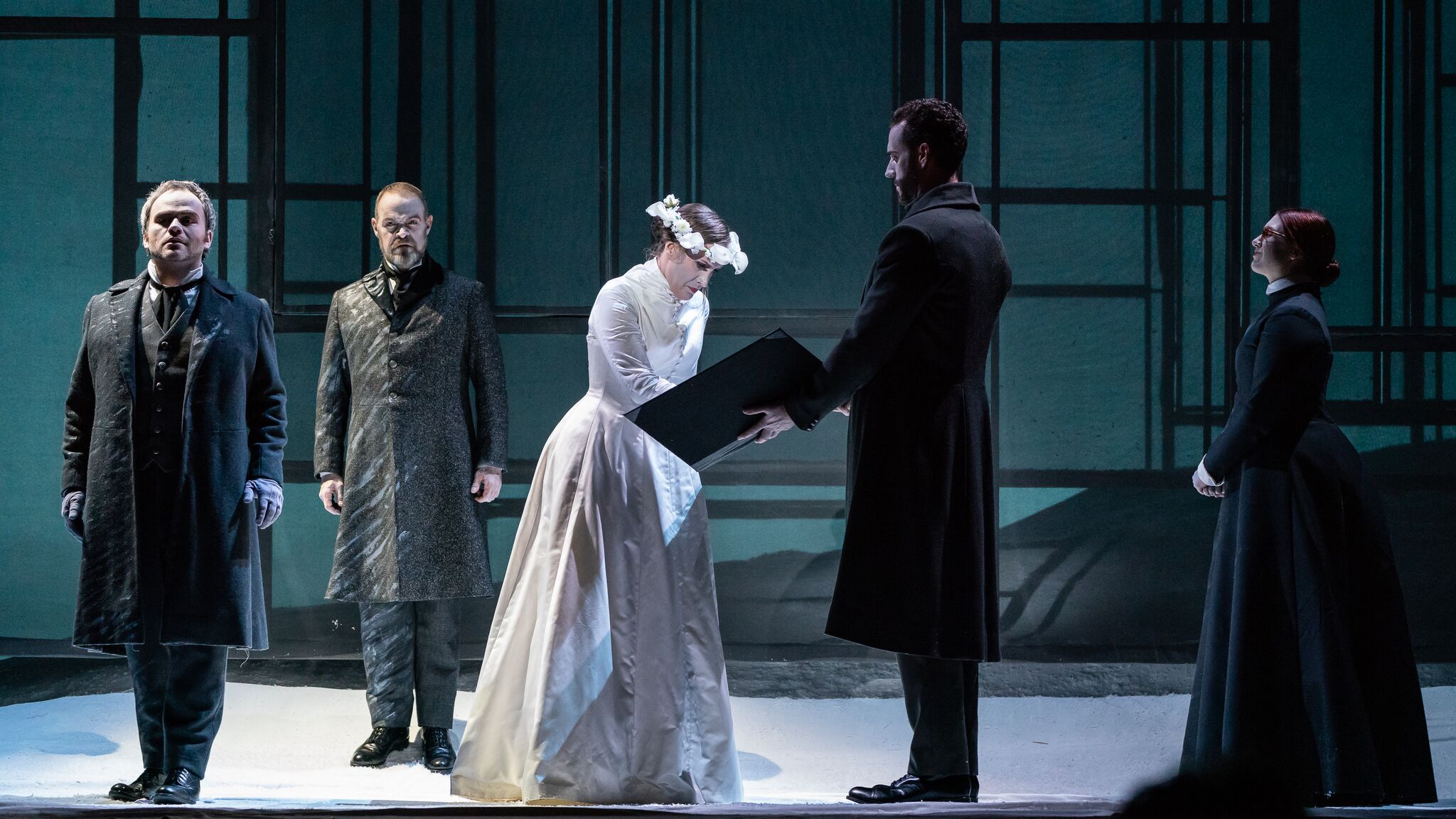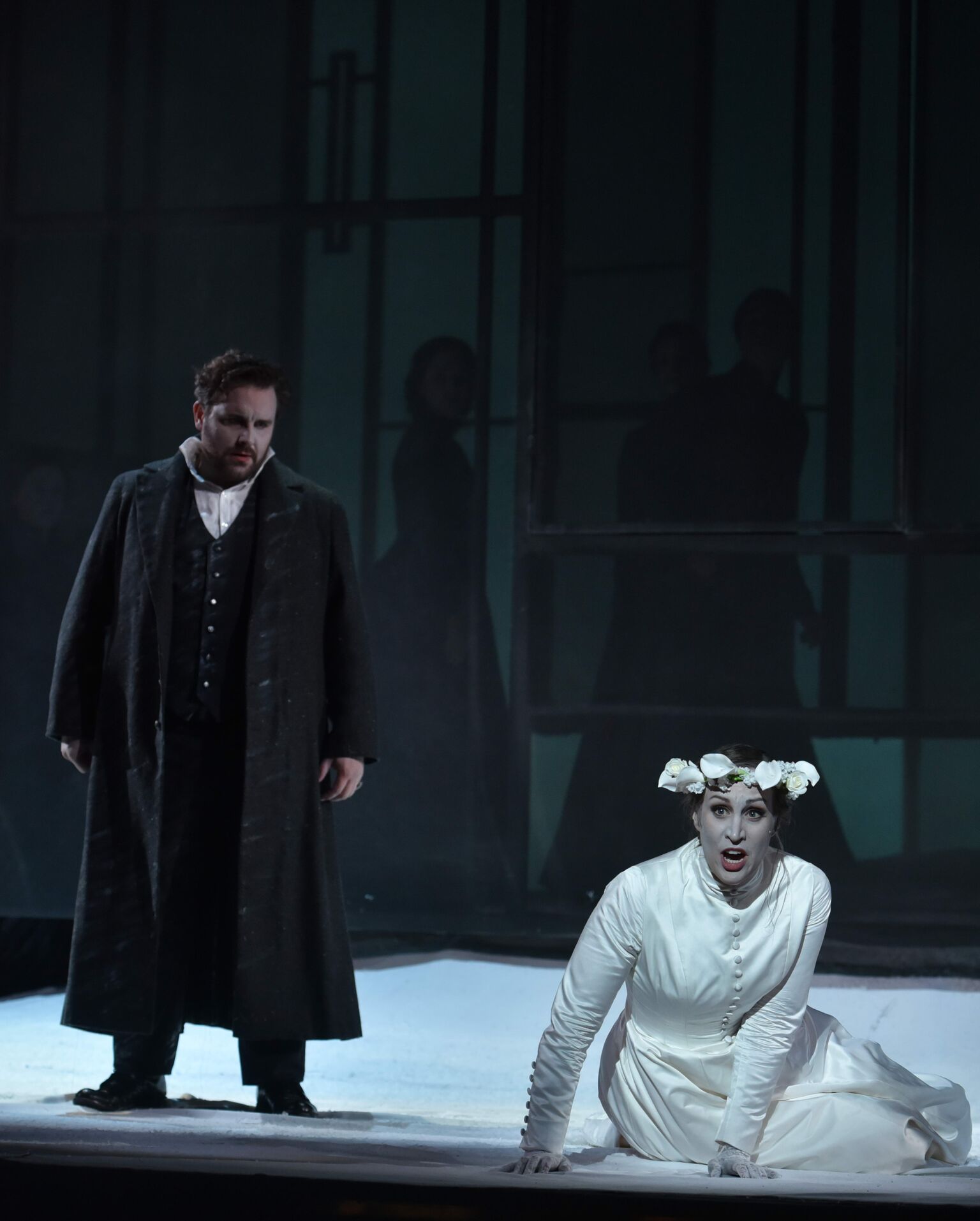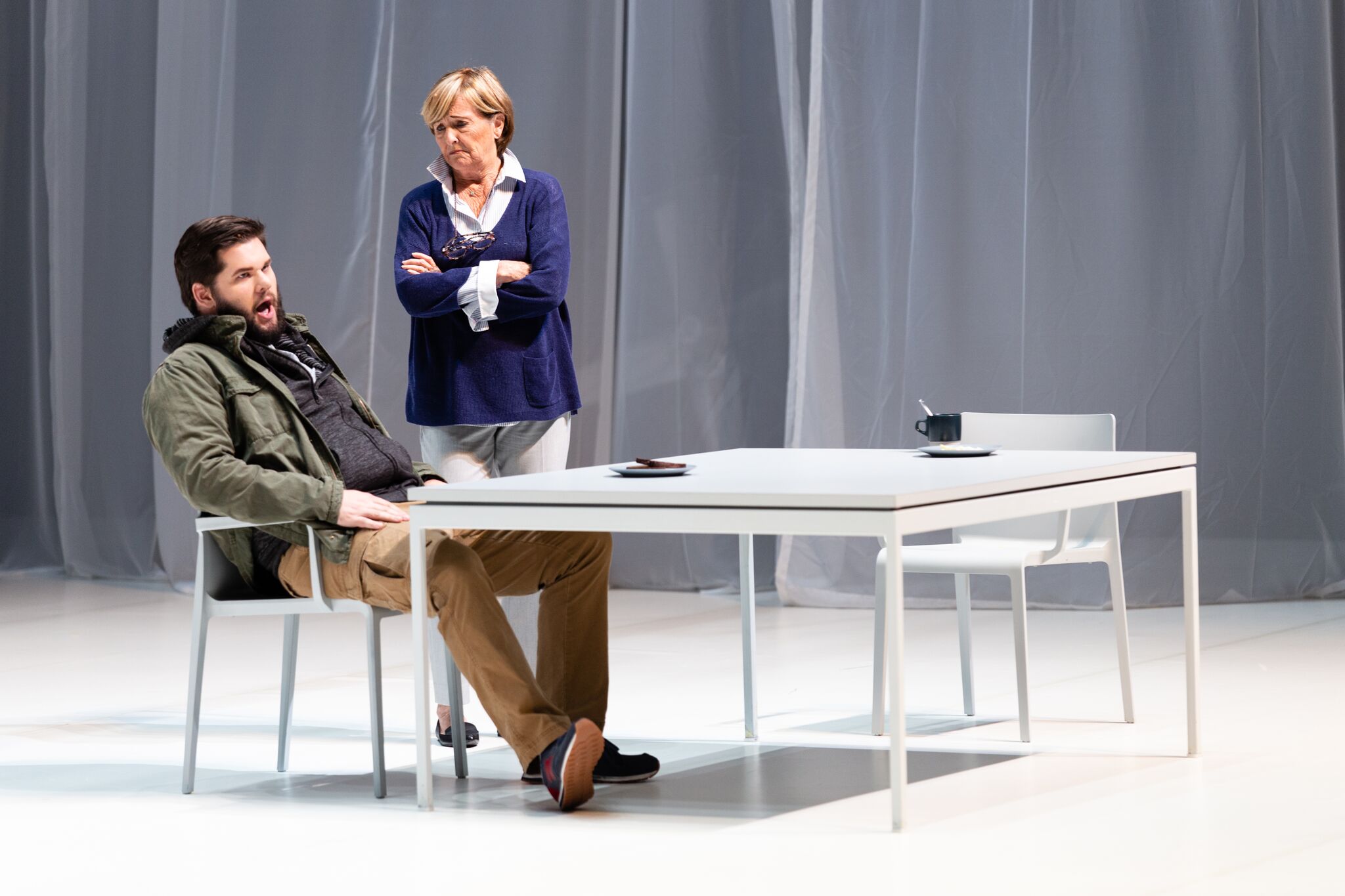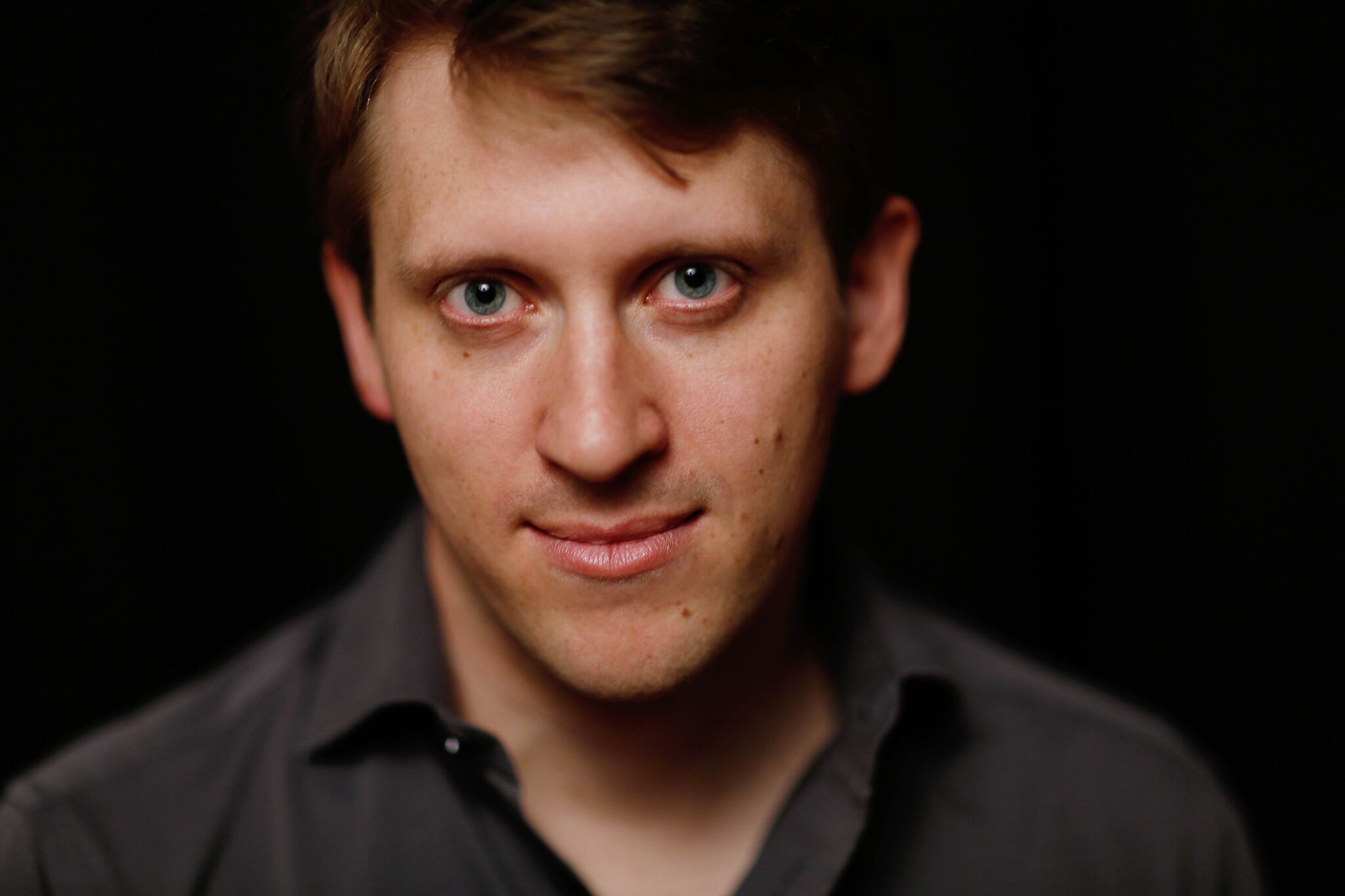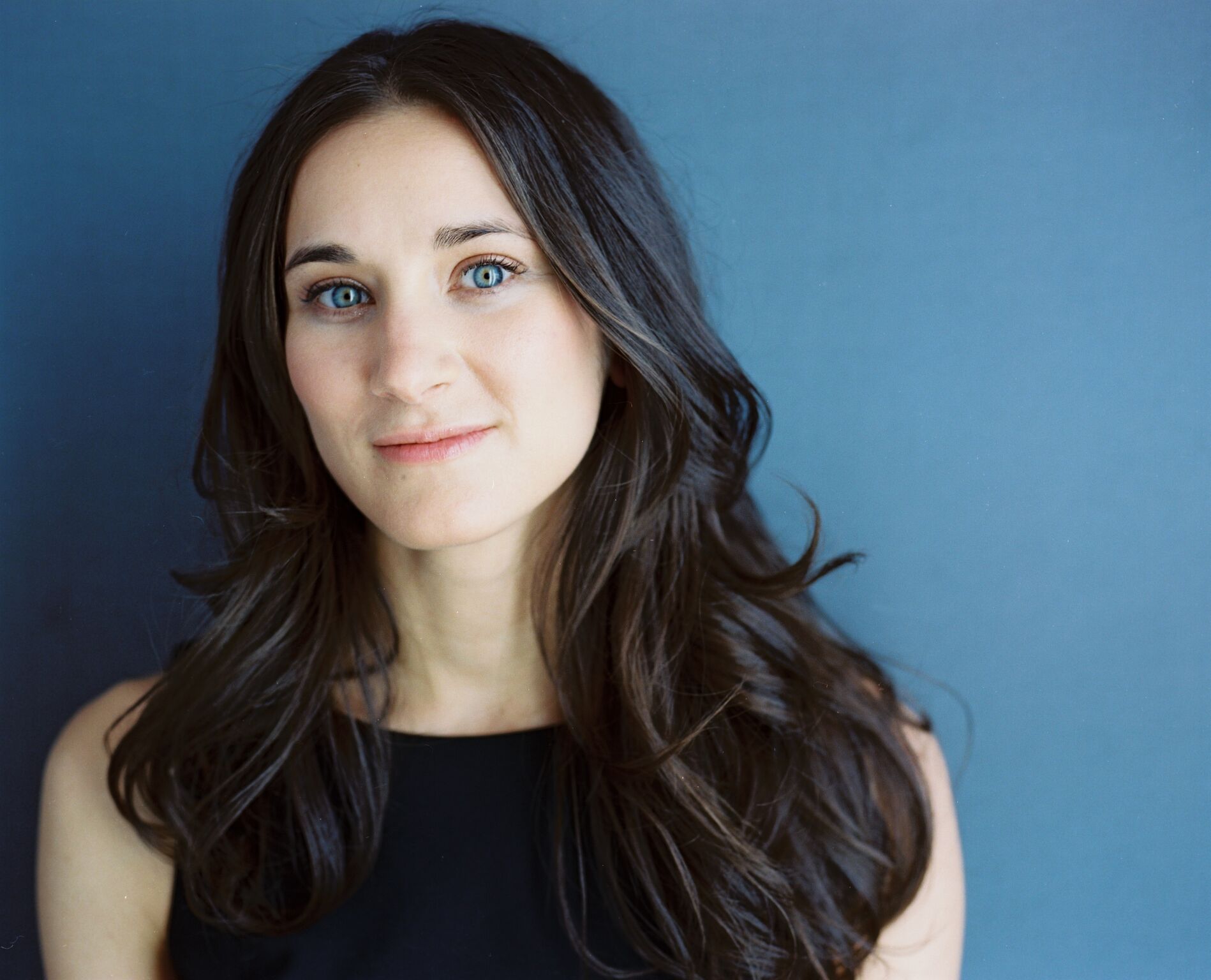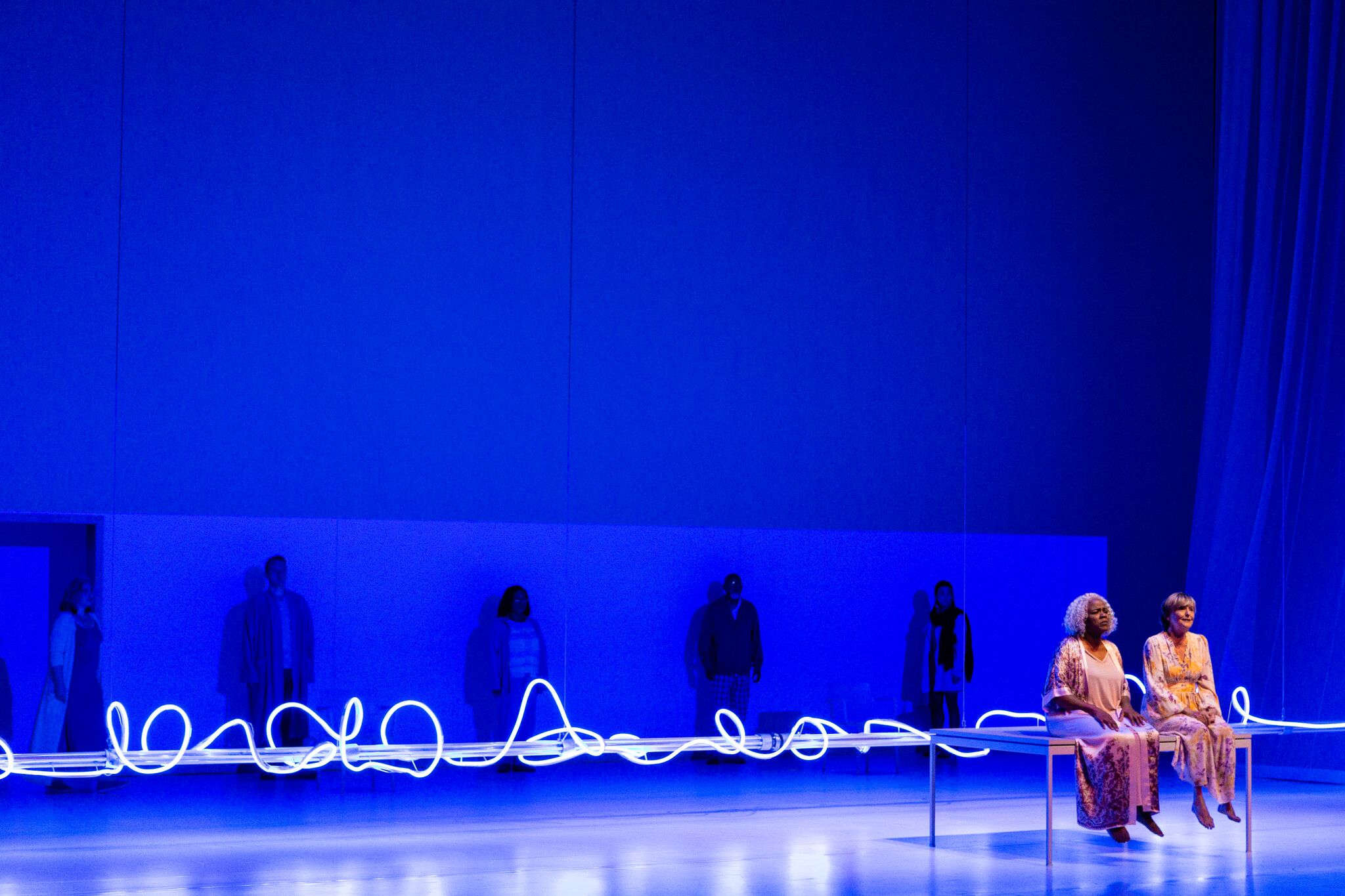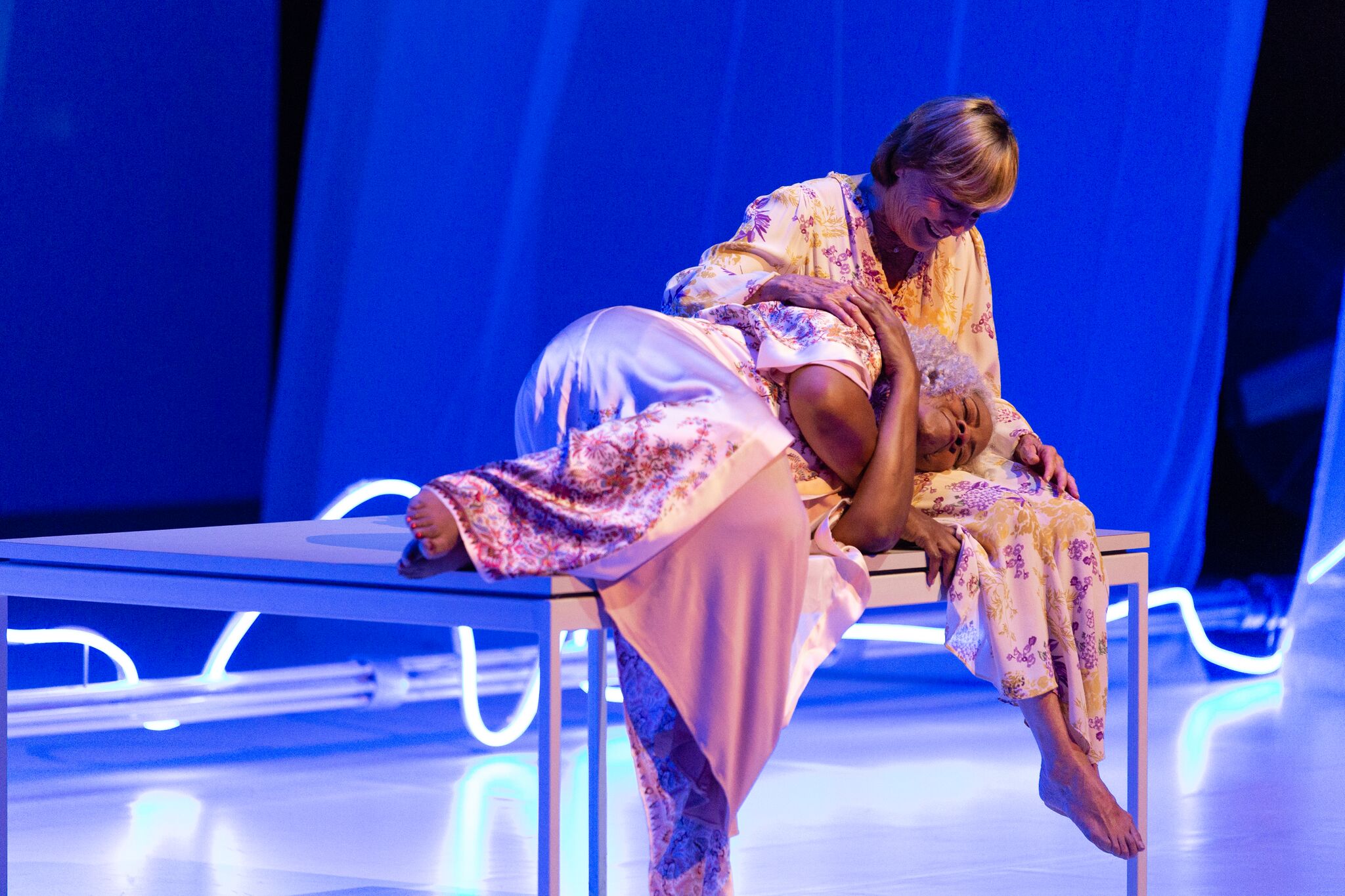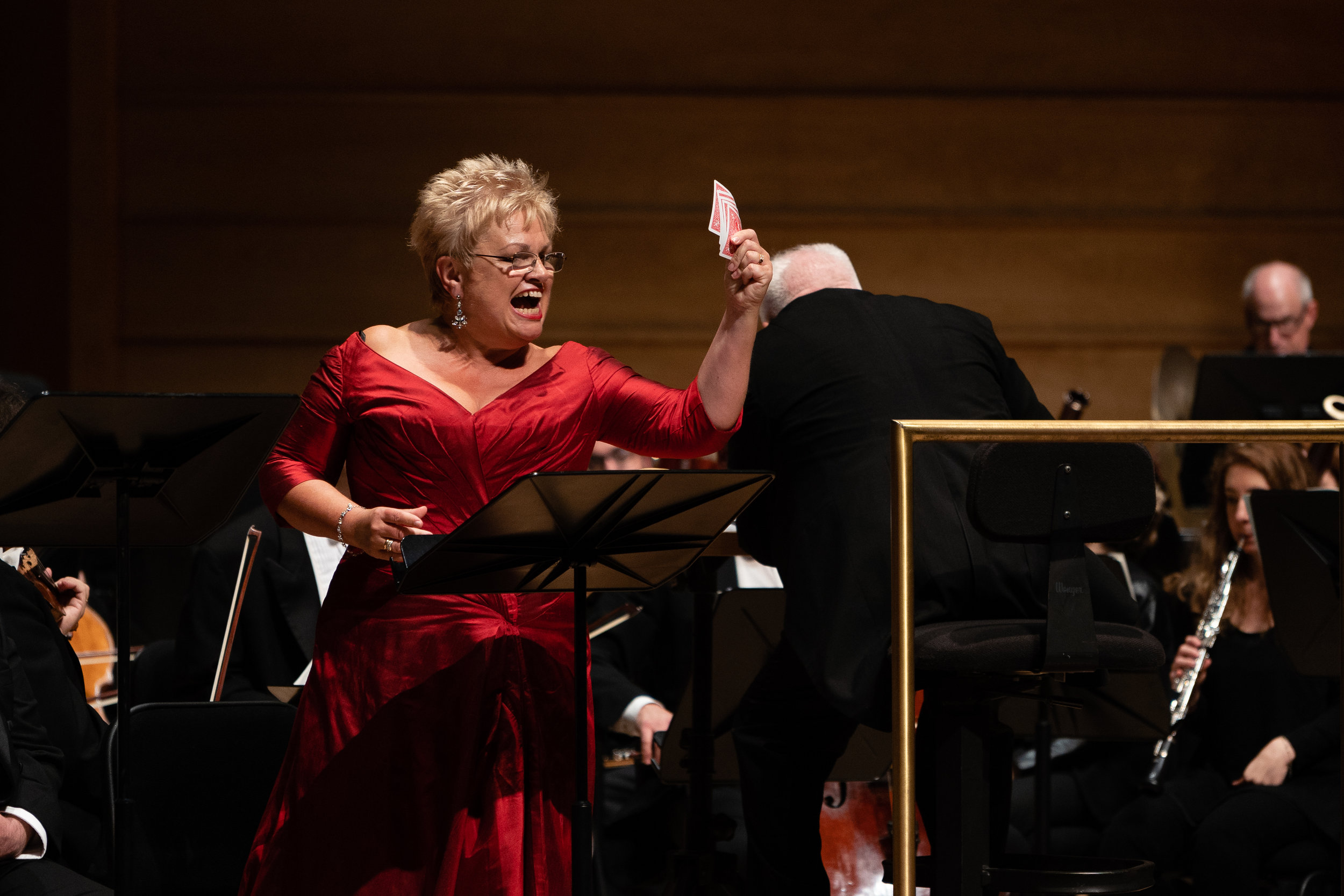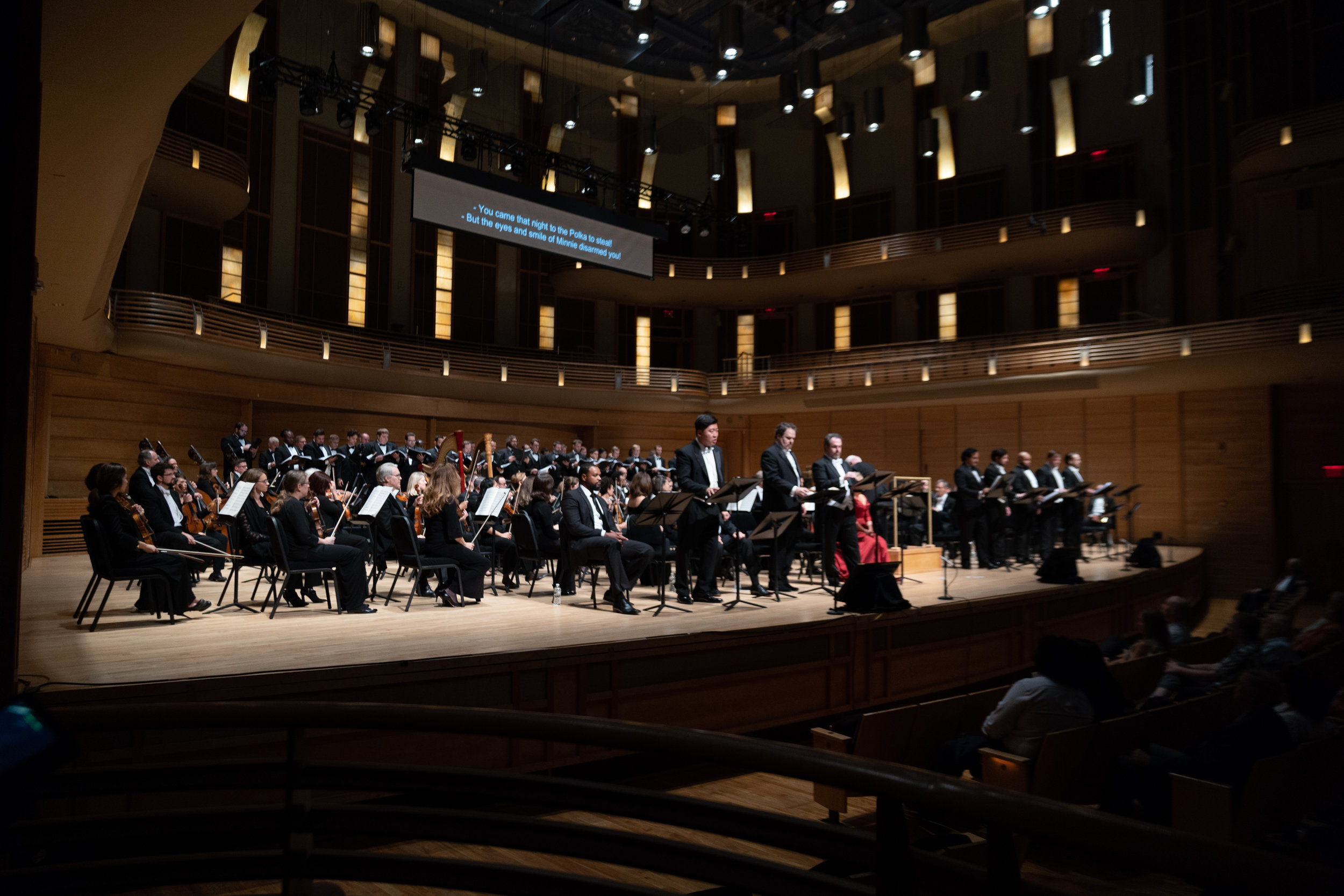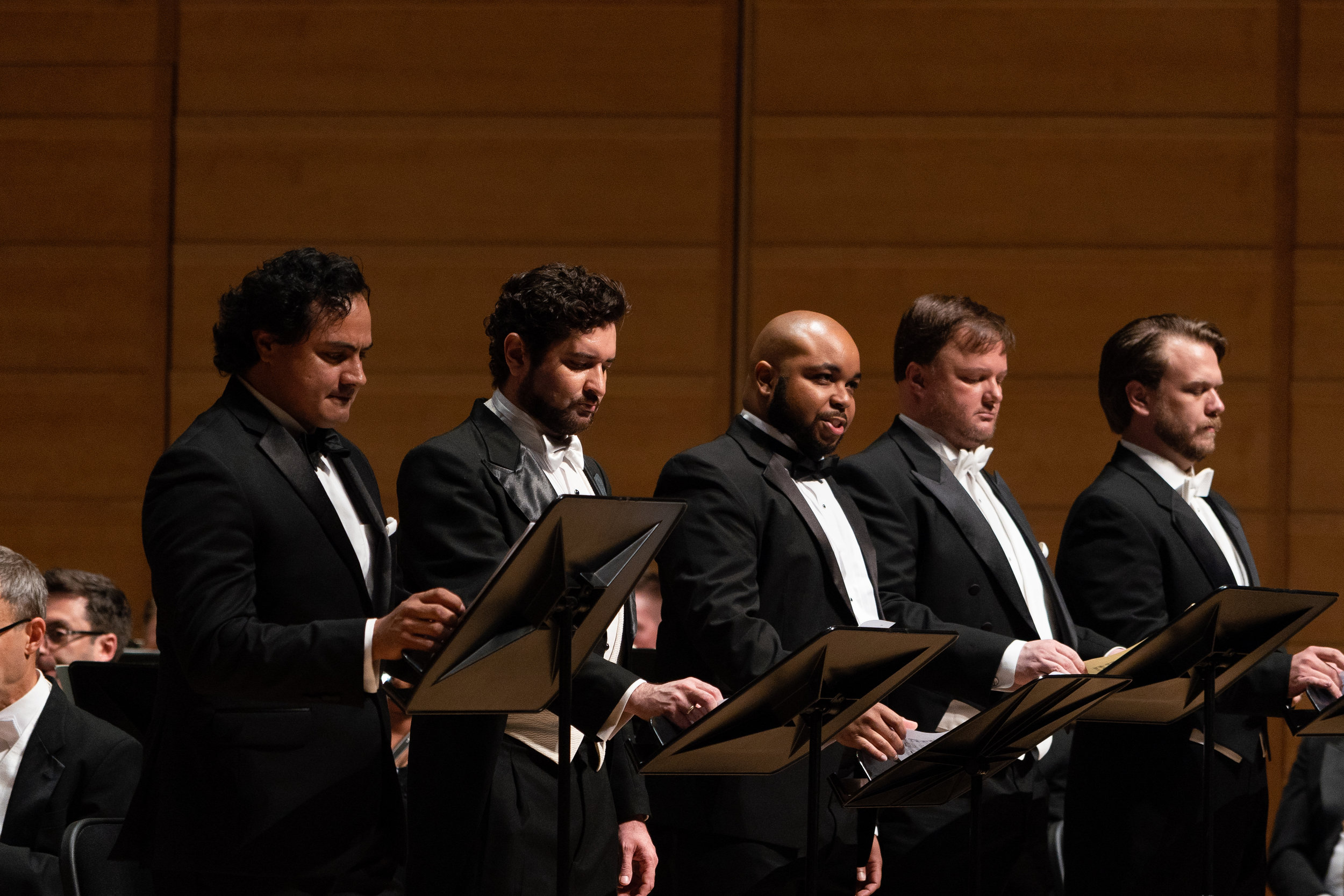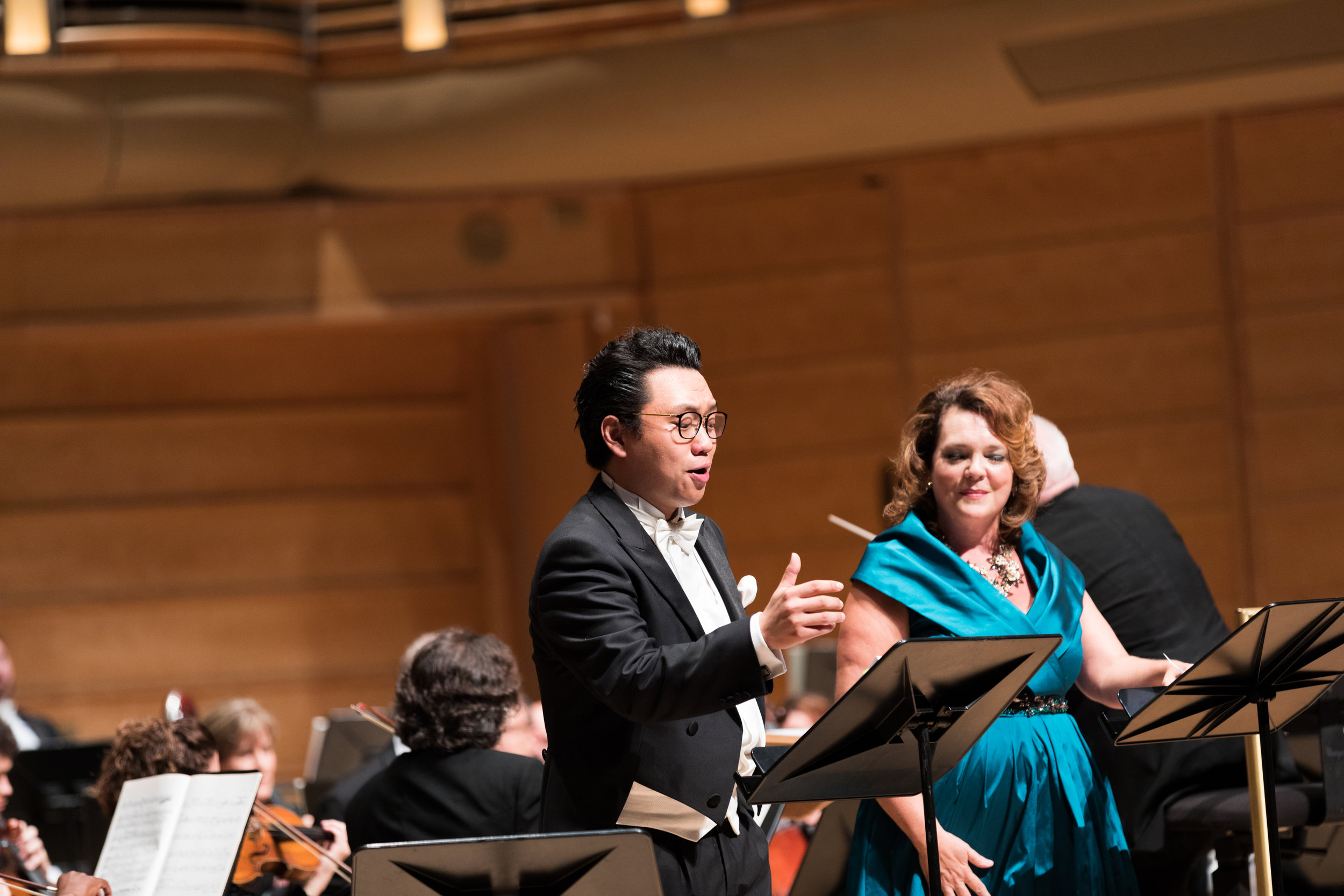Once upon a time, there was a forbidden love between a man and a woman, not made by choice but by a love potion, irrevocable, inescapable, and embodying not only romantic love, but more, the union of two souls, not separable even by death. It was a curse. So was the love of Tristan and Iseut. Wolf Trap Opera and Washington Concert Opera collaborated Saturday night to offer a visitation via a staged concert relating their tale. As the performance began, the orchestra and conductor were on the right side of the stage. The singers were seated behind music stands to the left. The cast and orchestra were largely dressed in black; even Conductor Antony Walker forsook his tuxedo for black shirt and trousers. To perform their role in a scene, the singers moved in front of the stands and returned to the chorus when finished. The props were minimal, a bench, a cushion. The music, always intense, thematic, medieval in tone, and occasionally atonal, gave a serious and reverential accounting of their story. I thought I was going to an opera that evening, but I also found myself attending a service.
Le vin herbé begins. Photo by Angelina Namkung for Wolf Trap; courtesy of Washington Concert Opera and Wolf Trap Opera.
Composer Frank Martin based the libretto for Le vin herbé (The Love Potion) on Joseph Bédier’s book, “Roman de Tristan et Iseut”. One finds many, many versions of this Celtic story assembled over the years, and there are slight variations in the names in different versions; Iseut is perhaps best known as Isolde. The story used in Le vin herbé, but not the music, is similar to Richard Wagner’s opera, Tristan und Isolde. Tristan was a trusted 12th century knight charged with escorting the Irish Princess Iseut to marry King Mark of Cornwall, but due to a servant’s error, he and Iseut drink a love potion (le vin herbé) mixed by Iseut’s mother and intended to seal the marriage between Iseut and King Mark. Their infidelity causes much unhappiness and conflicts that eventually lead to their separation and deaths and spiritual reunion. In Martin’s opera, Tristan and Iseut only fall in love after drinking the potion and it is a much shorter work than Wagner’s and not on as grand a scale; Martin’s is considered a medievalist Tristan with a small ensemble for an orchestra. For me, Wagner’s seems to be more the telling of the story; Martin’s is more commemorating the story.
Seated are the lovers, Iseut played by Shannon Jennings and Tristan played by Ian Koziara, unable to resist the effect of the potion. Photo by Angelina Namkung for Wolf Trap; courtesy of Washington Concert Opera and Wolf Trap Opera.
Twelve singers served as a choir that provided narration for the story and provided actors in the scenes presented. Nine of these emerging artists are alumni or currently members of Wolf Trap Opera’s training programs. They were in character even as chorus members, playing concerned observers, always serious and respectful; I don’t think I saw a smile the entire evening prior to bows. Tenor Ian Koziara as Tristan and soprano Shannon Jennings have stellar voices and sang beautifully, fully portraying the emotion of their characters in voice and demeanor. The supporting cast also acquitted themselves well: mezzo-soprano Renée Rapier (Iseut’s mother), soprano Summer Hassan (Branghien), baritone Joshua Conyers (King Marc), bass Anthony Robin Schneider (Duke Hoël), tenor Frederick Ballentine (Kaherdin), mezzo-soprano Nicole Thomas (Iseut of the White Hands), and additional chorus members – soprano Megan Sill, contralto Leah Marie Heater, tenor Joshua Sanders, and bass Matthew Fleisher.
With the unhappy lovers in mortal repose, the chorus (front row, left to right: Meagan Sill, Summer Hassan, Nicole Thomas, Renée Rapier, and Leah Marie Heater; back row, left to right: Joshua Sanders, Frederkick Ballantine, Joshua Conyers, Anthony Robin Schneider, and Matthew Fleisher.) provides closing remarks. Photo by Angelina Namkung for Wolf Trap; courtesy of Washington Concert Opera and Wolf Trap Opera.
The orchestra, or chamber ensemble, led by Conductor and Artistic Director for Washington Concert Opera, Antony Walker, consisted of seven strings and a piano. I liked and enjoyed the music very much, but it was a strange sort of liking. Martin’s music has a hypnotic effect; I felt unable to look away as this sad and at times painful drama played out. The music enhanced each narration and scene, but always seeming to convey the gravity of the tale unfolding. With eight players it seemed perfectly balanced, and I typically long for a larger orchestra in almost every opera. The performance overall was a small gem.
Maestro Walker said he was unable to place a label on Le vin herbe in classical terms such as listing it as an opera or oratorio or chamber work. Mr. Martin called his work a “secular oratorio”. I think it can be described as all those things, but for me, the term that fits most appropriately is requiem, or perhaps secular requiem. However, requiems are written for actual people. You might ask if the story of Tristan and Iseut is true? We don’t know with certainty if similar events actually took place in the 12th century or before. However, as the chorus tells us, using Bédier’s words in the libretto, it is a tale told as support “for all who love, not for others.” My conclusion – it is true for all who love, and Le vin herbé is their requiem.
The Fan Experience: There was a second performance of Le vin herbé, a matinee the next day. Having two of my favorite opera companies collaborate is welcomed, especially since we got a winter concert with the Wolf Trap and other young artists out of the deal. We also got to hear a work that otherwise might never have been available to us. Pooling resources makes sense to me; I hope it is the first of many collaborations. Having the orchestra on the stage was a definite advantage for the quality of the sound. The small, cozy atmosphere of The Barns was particularly suitable for this production.







